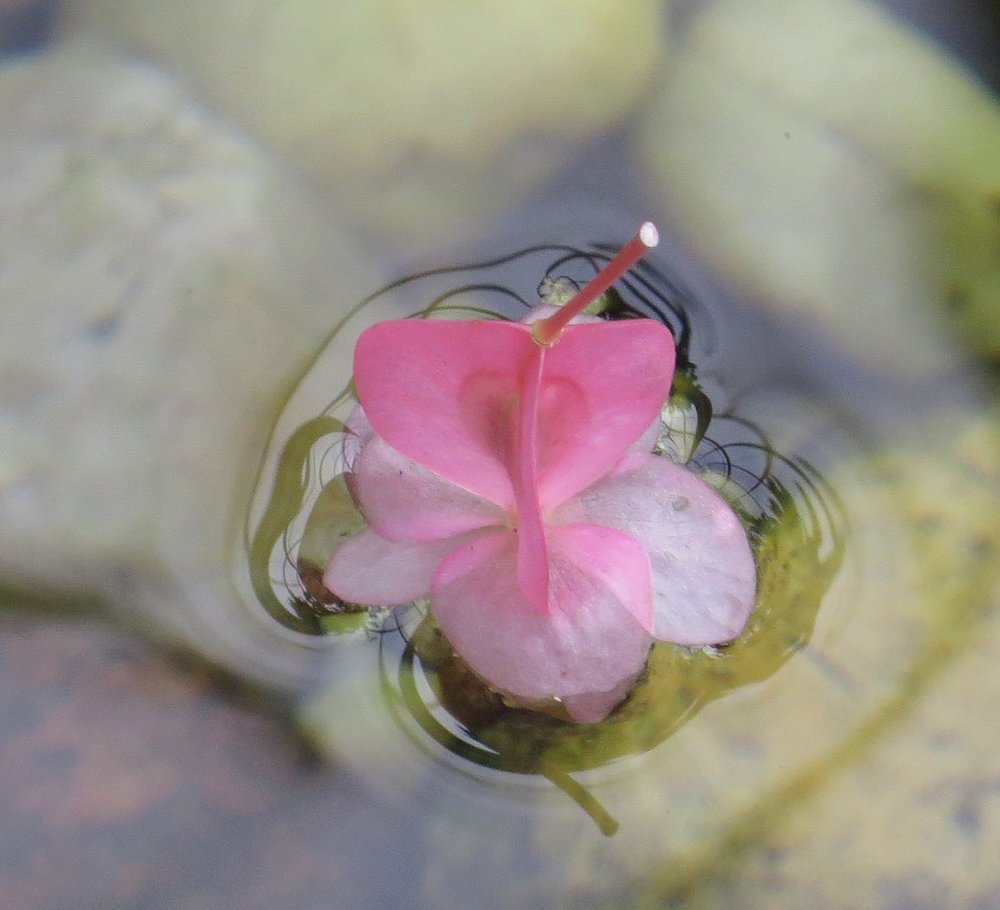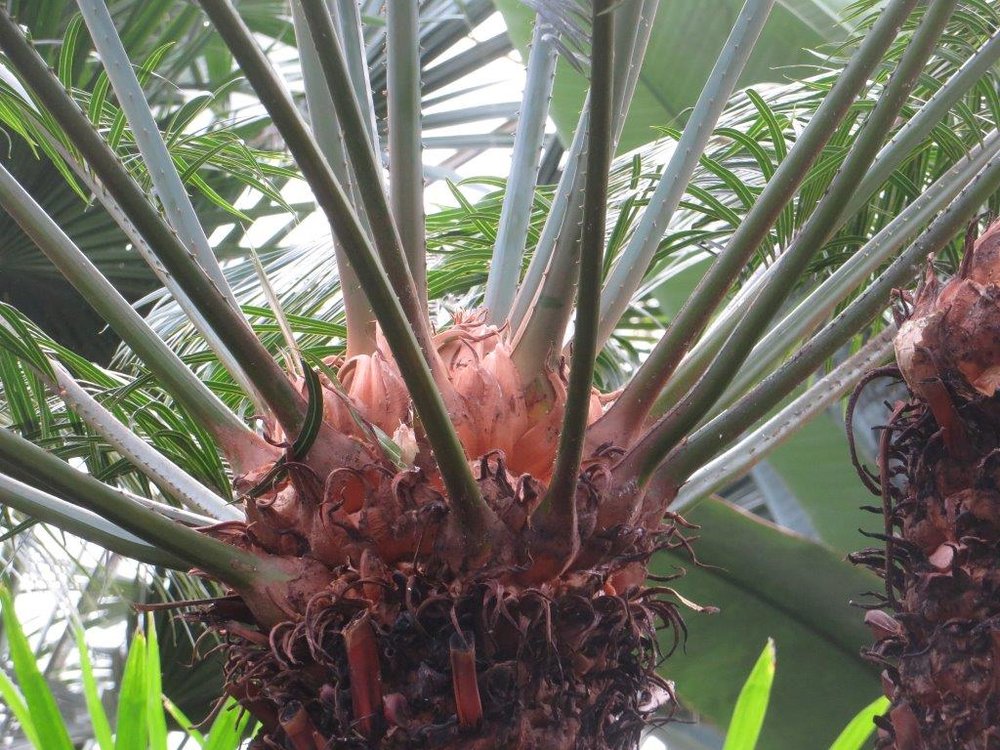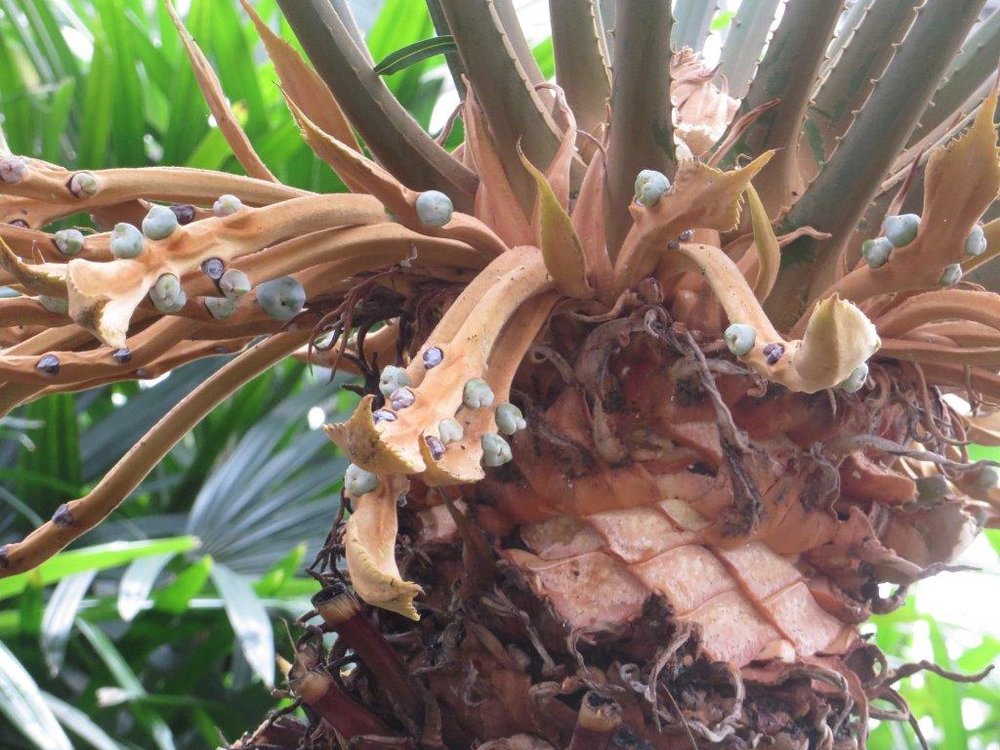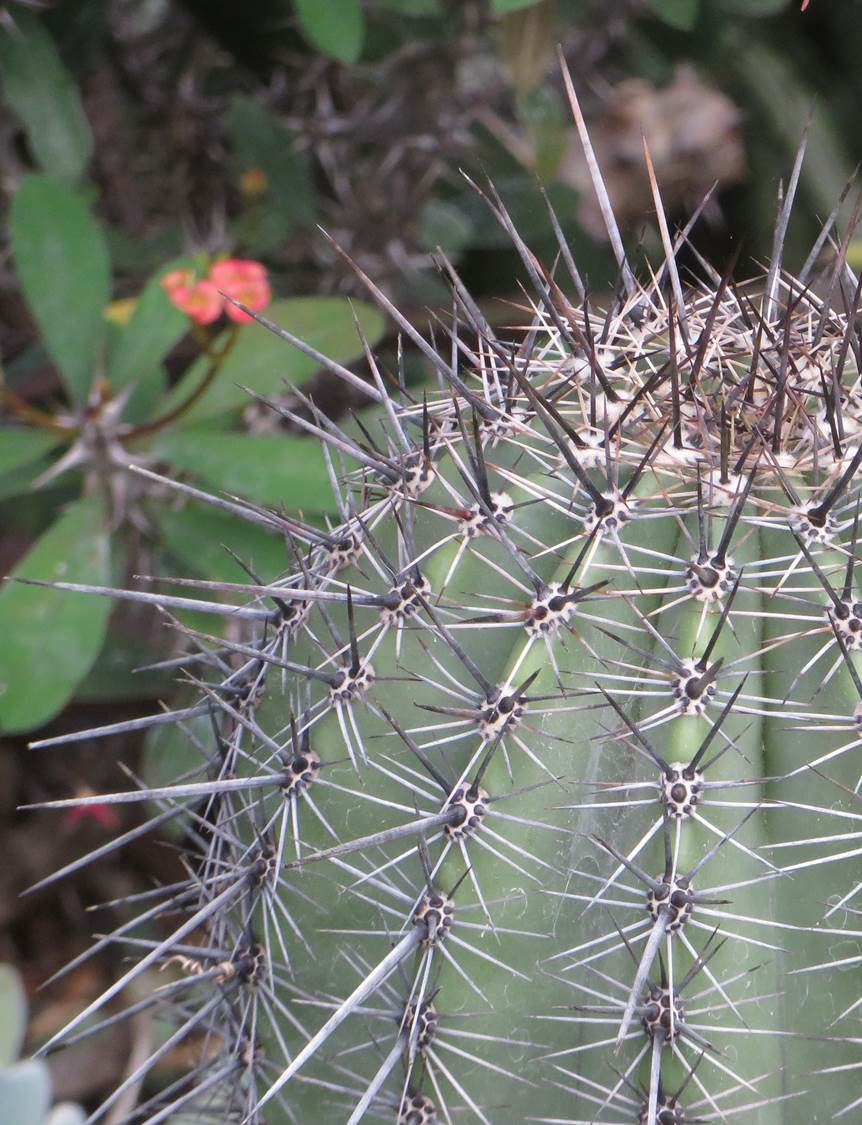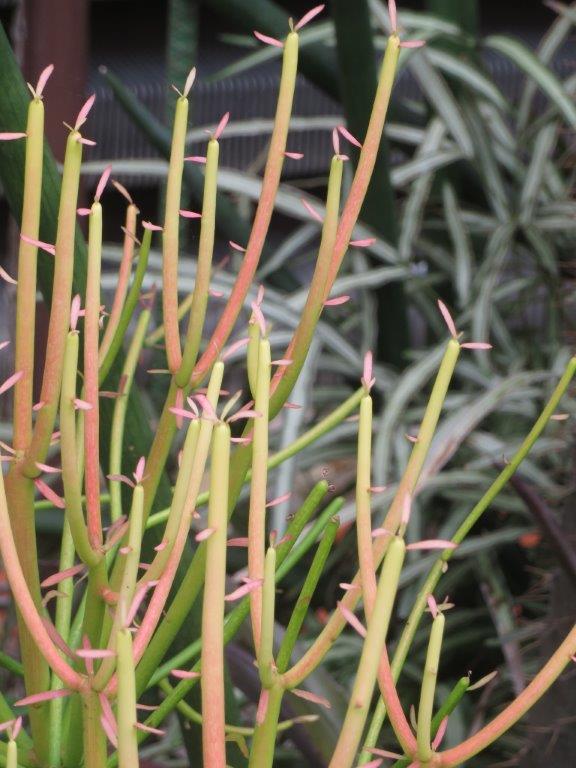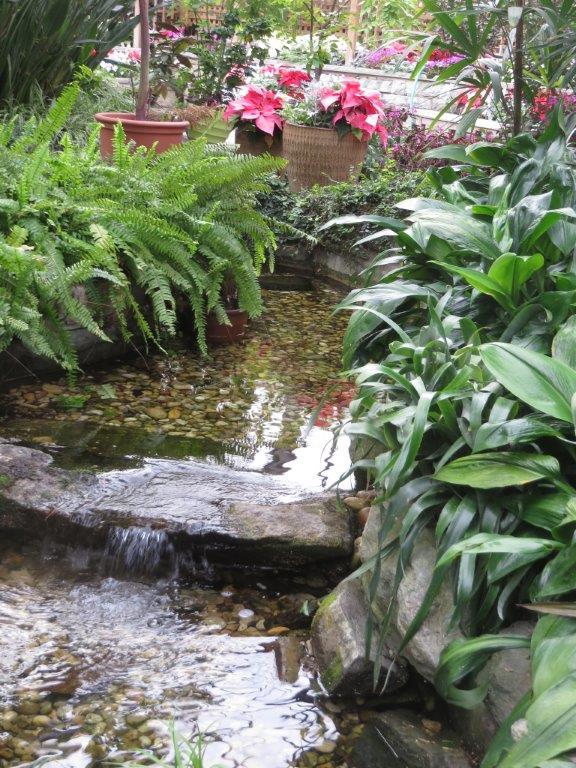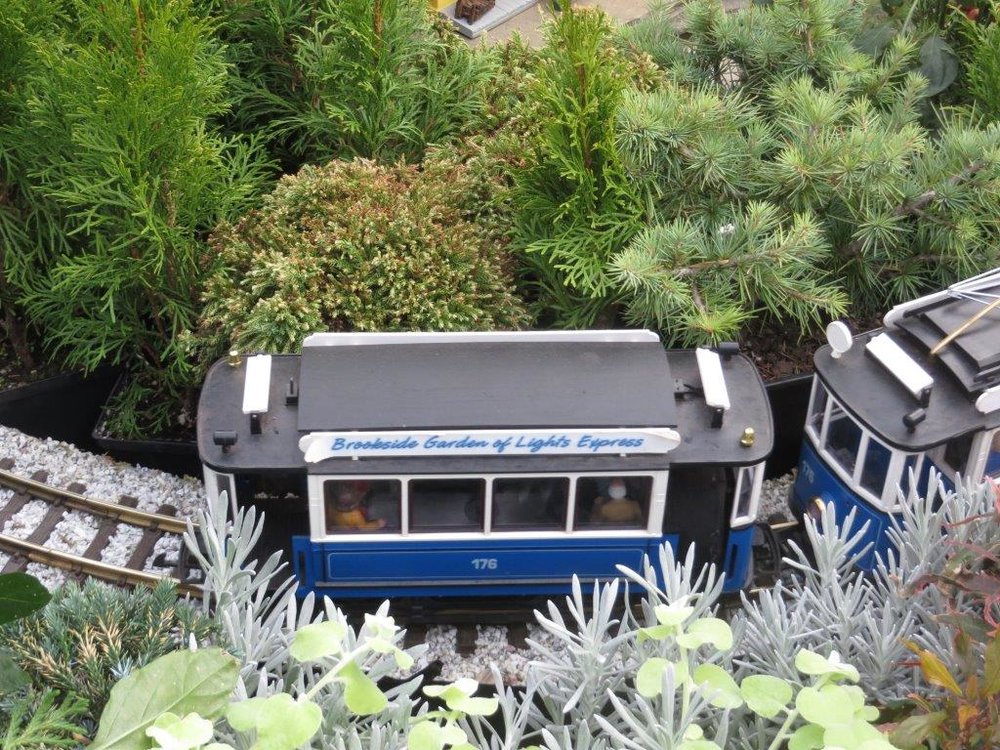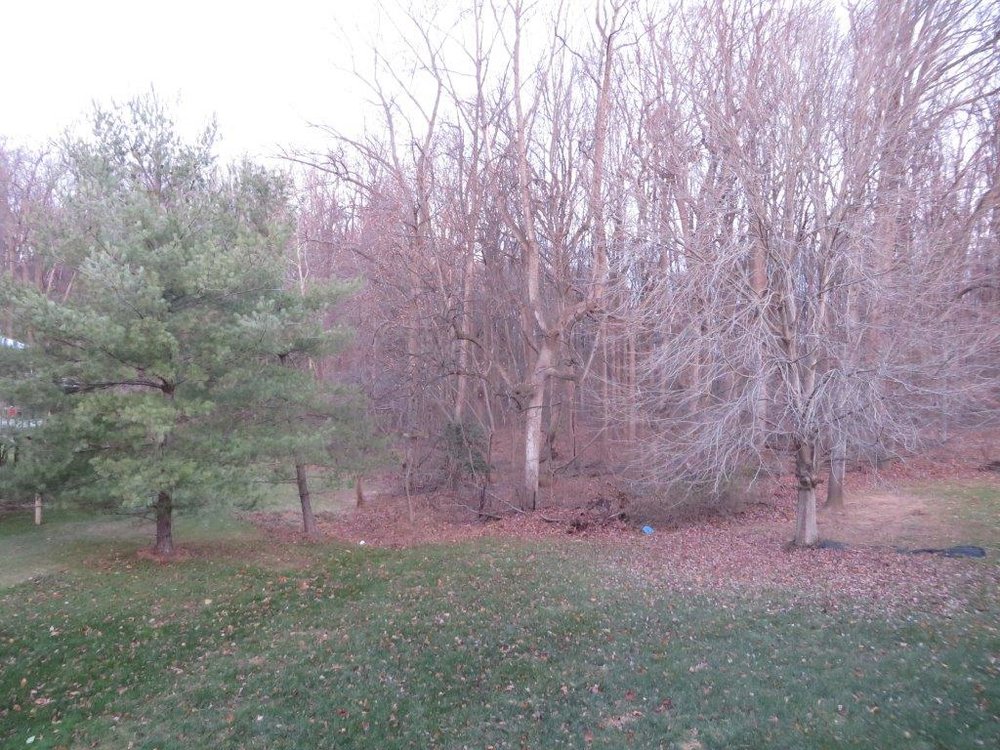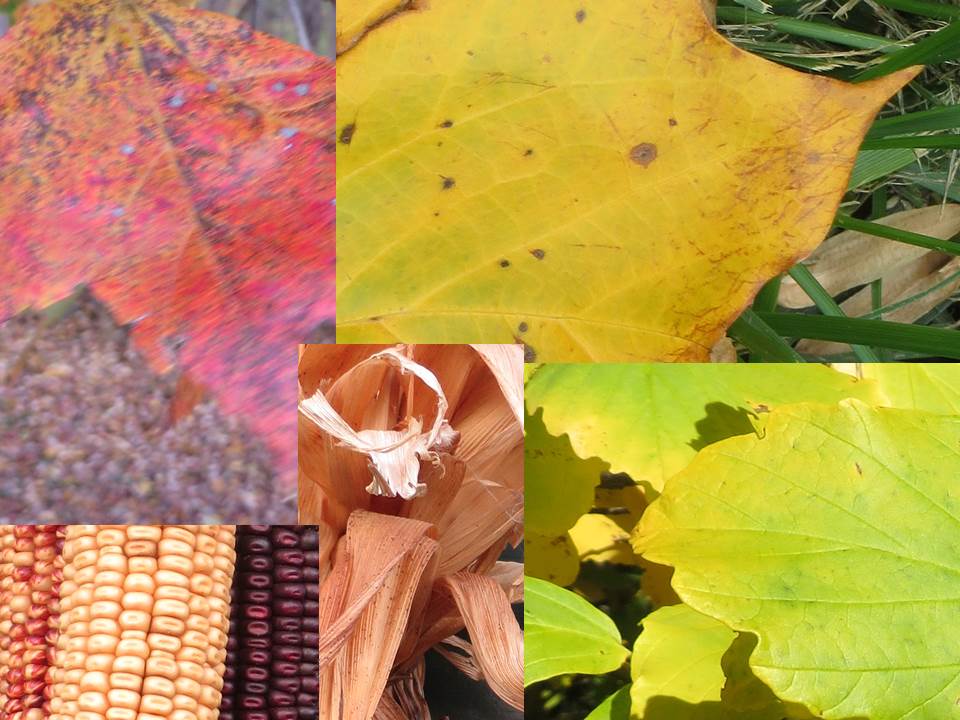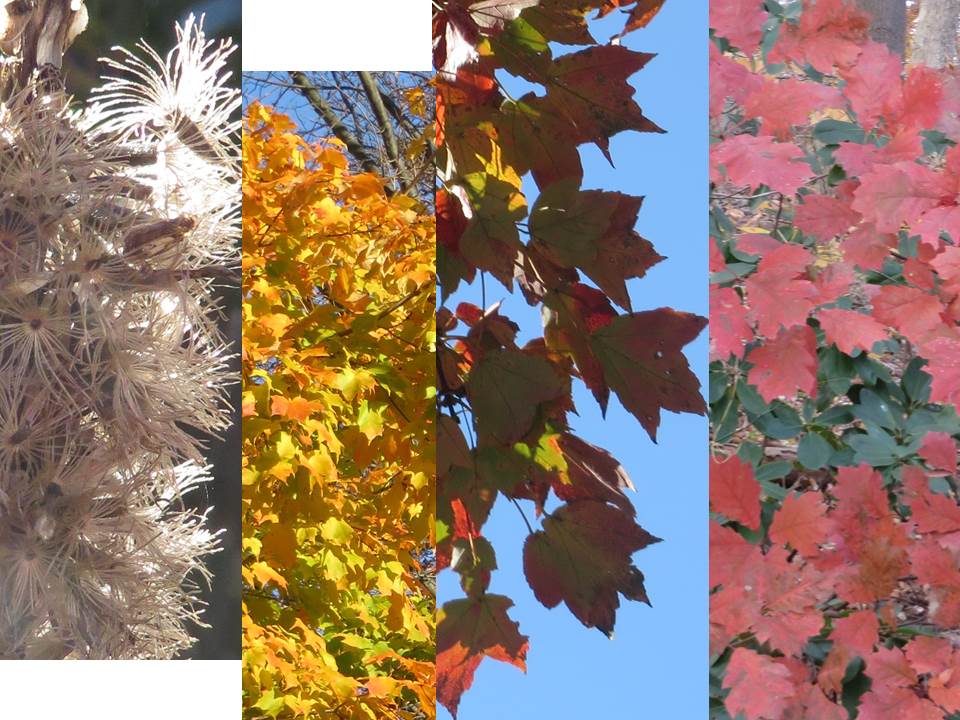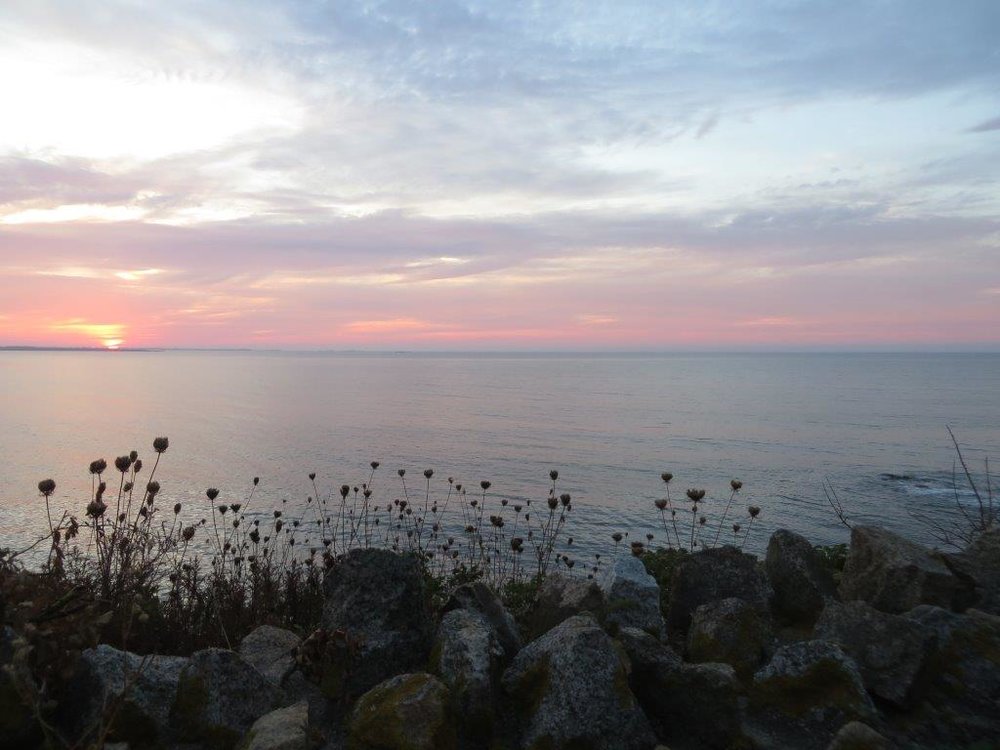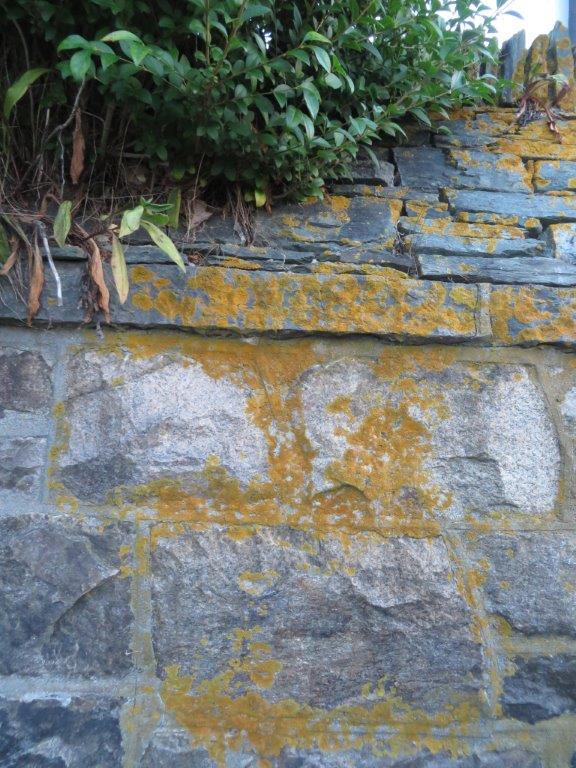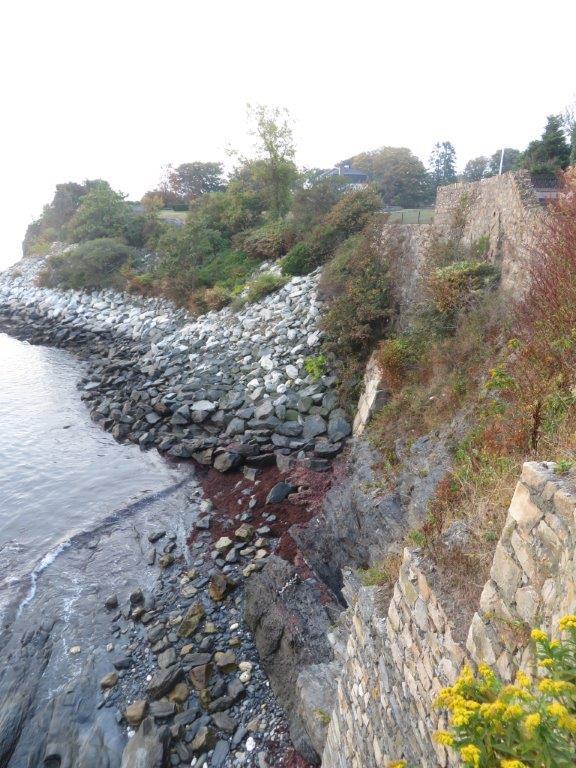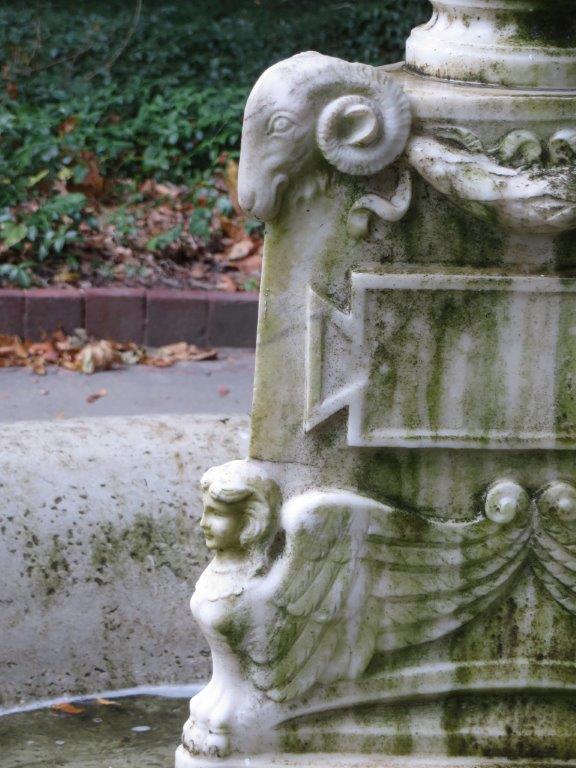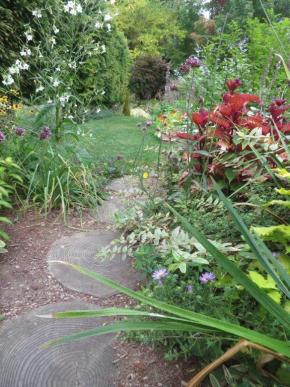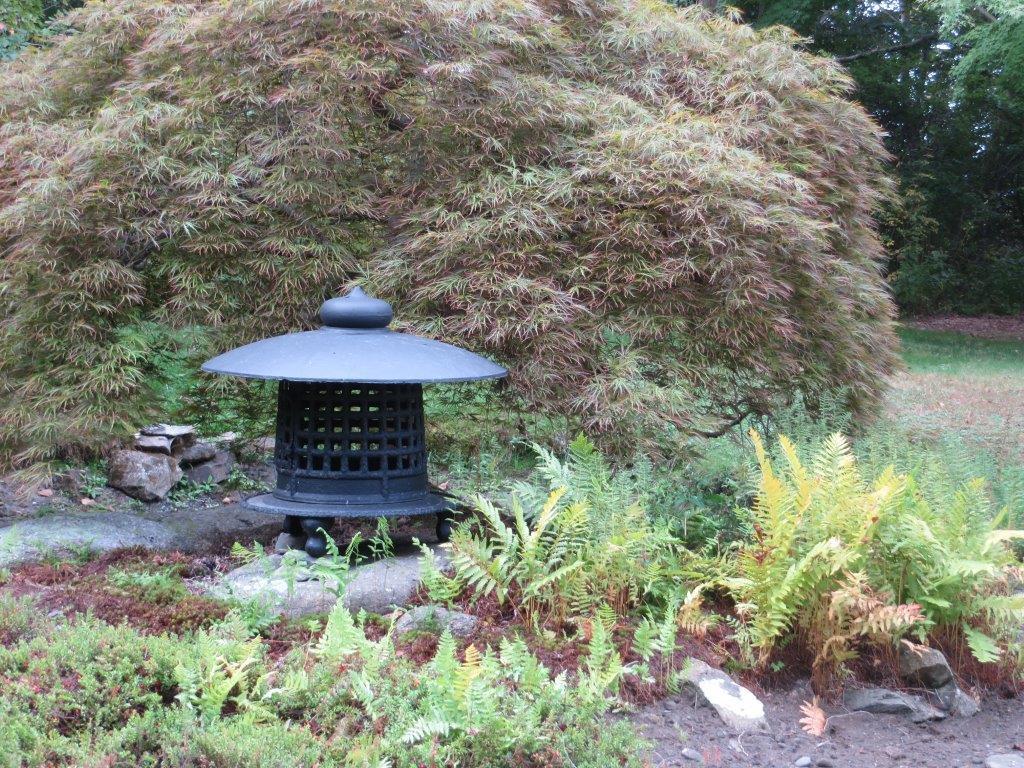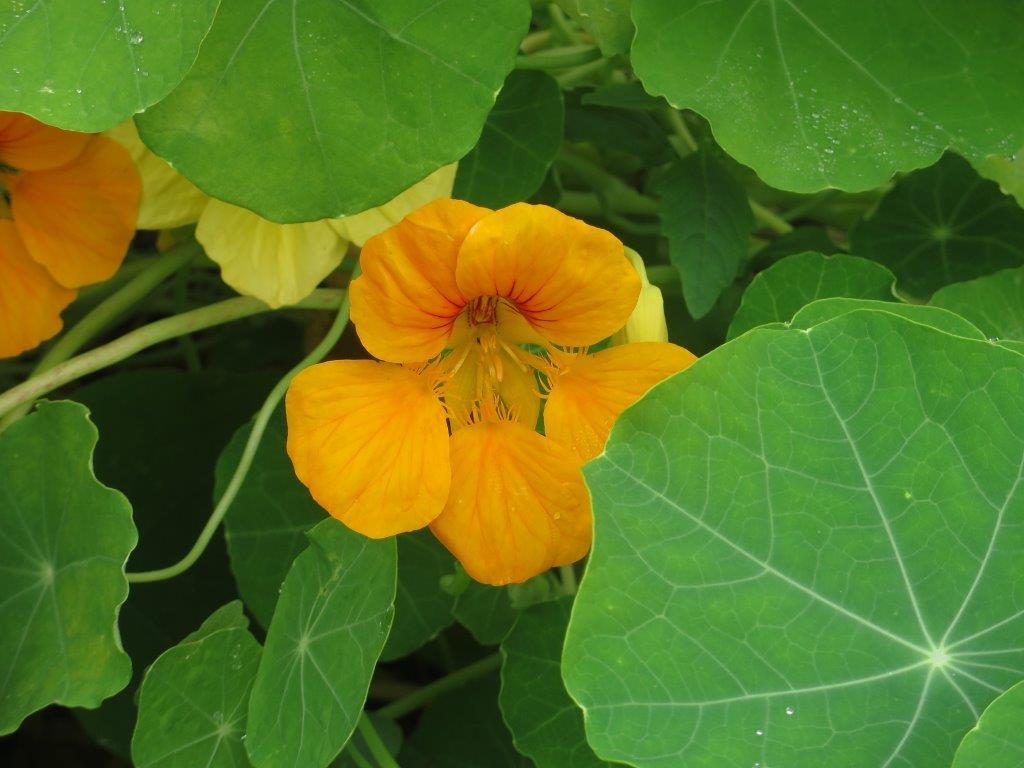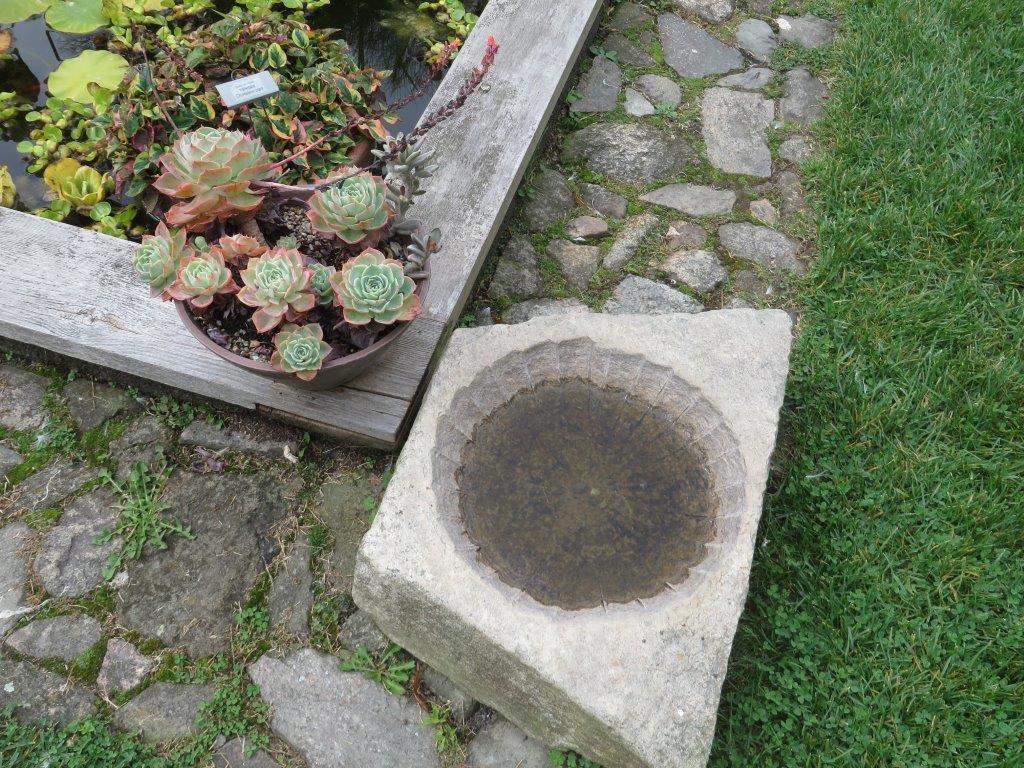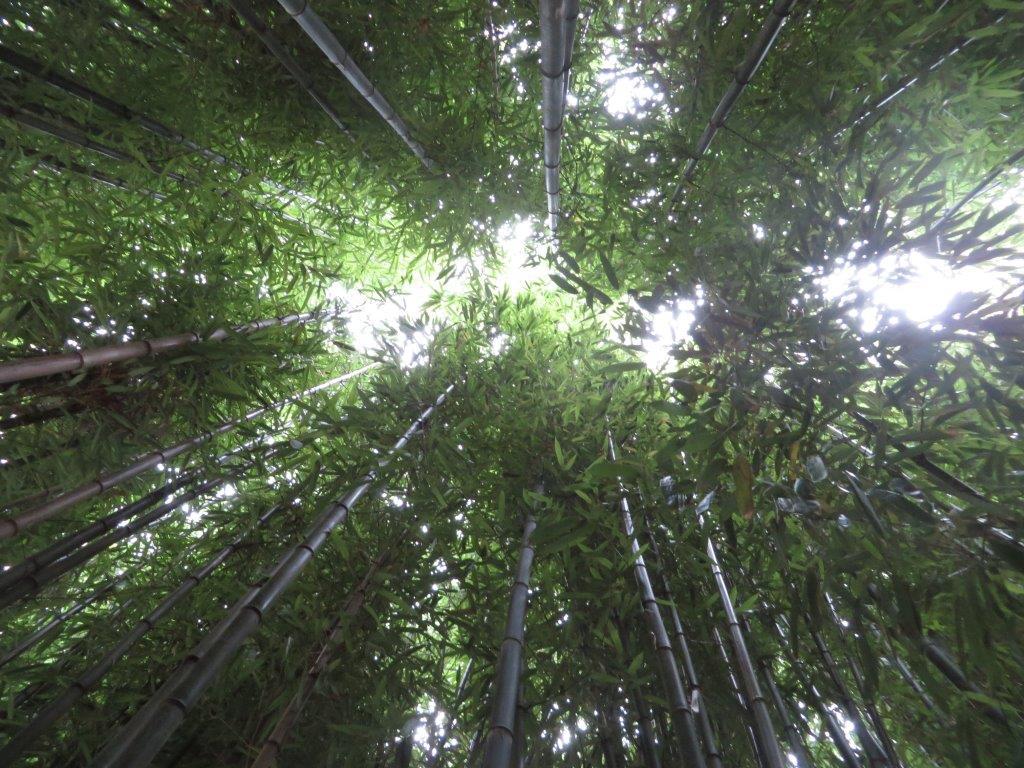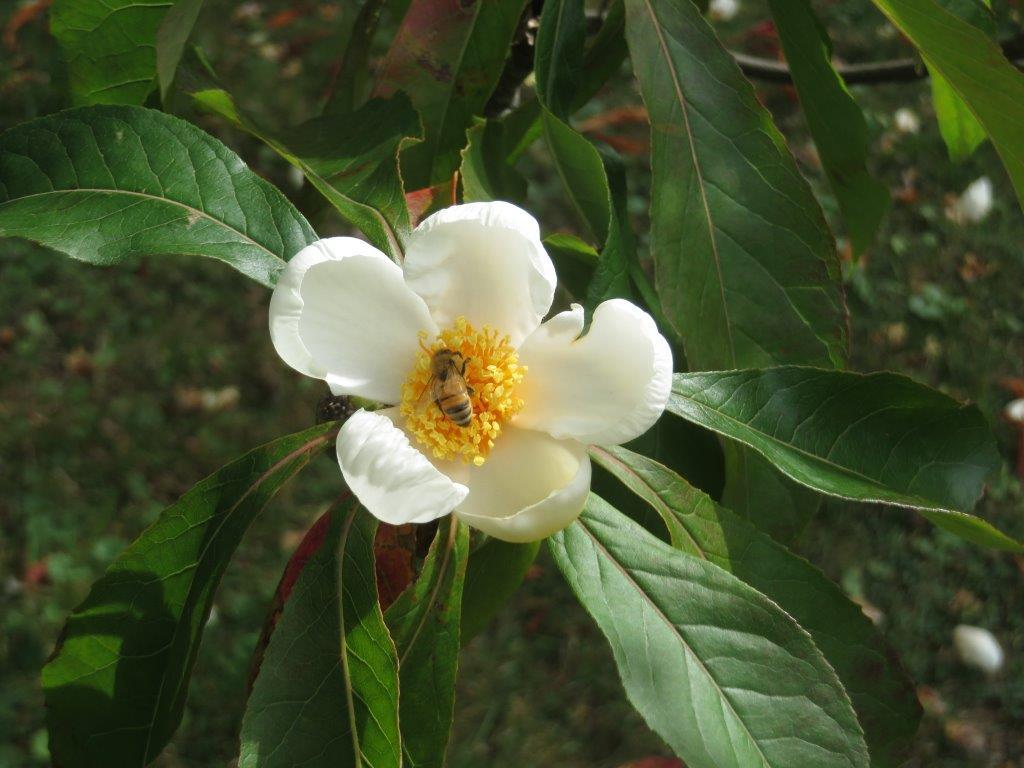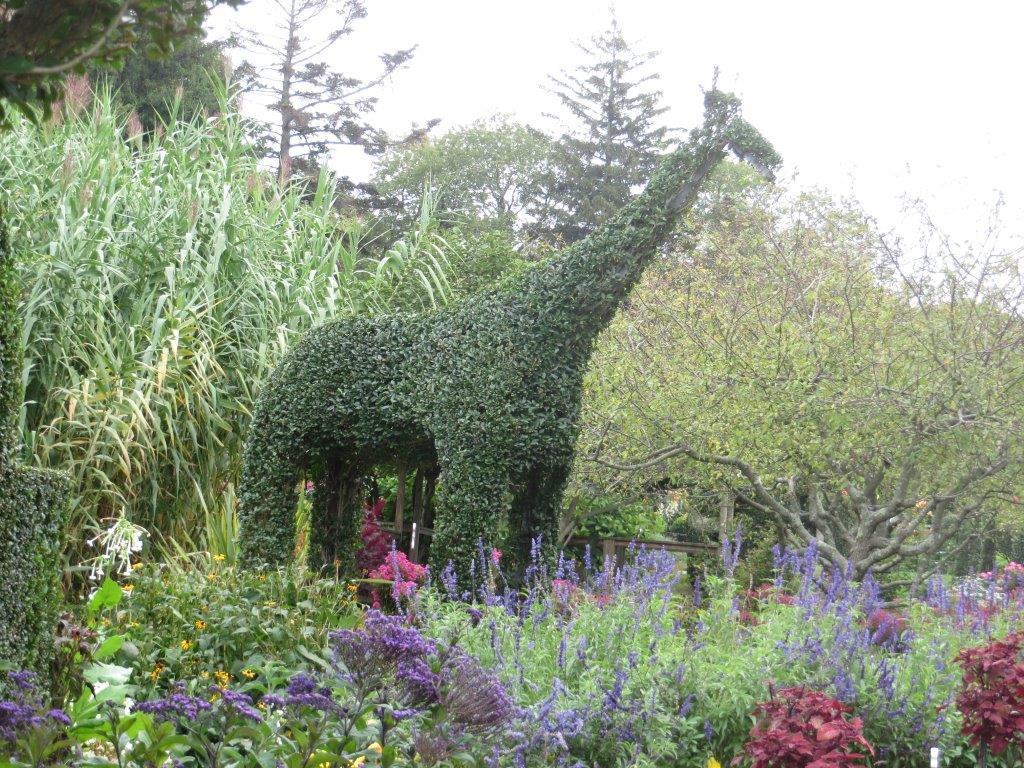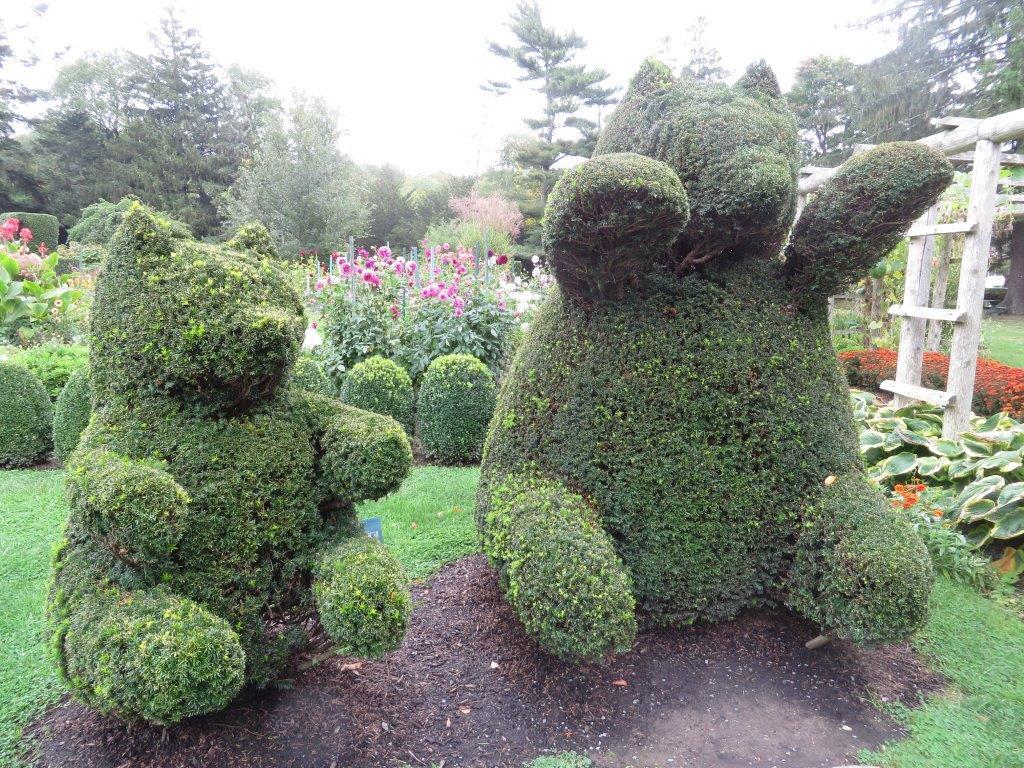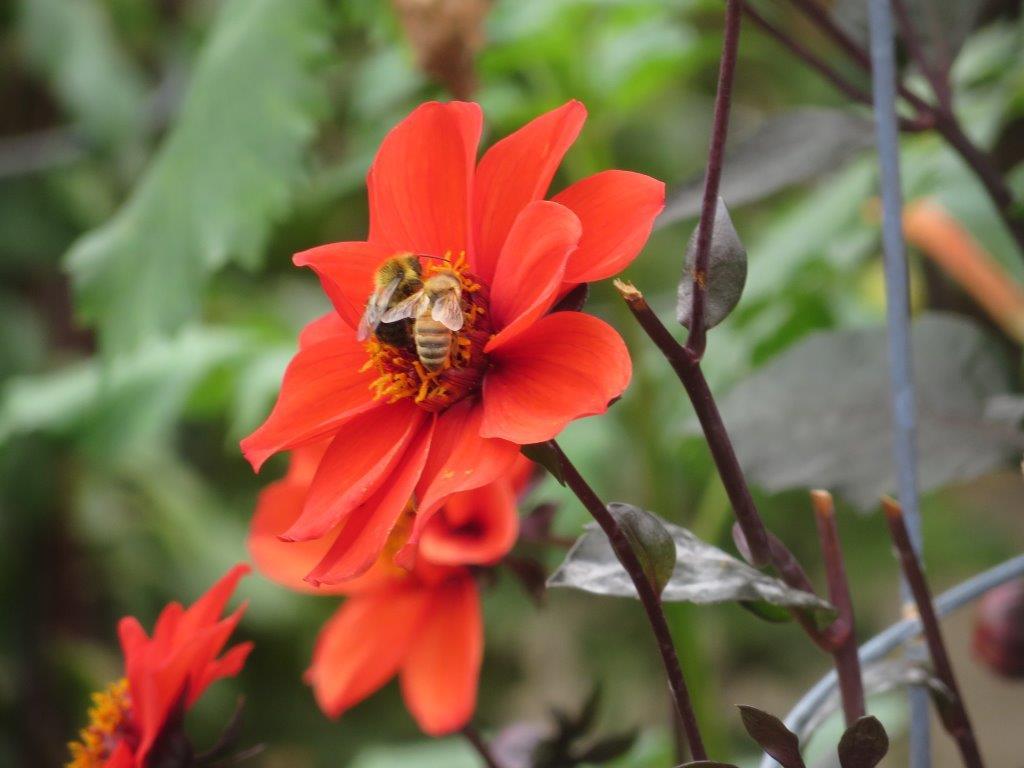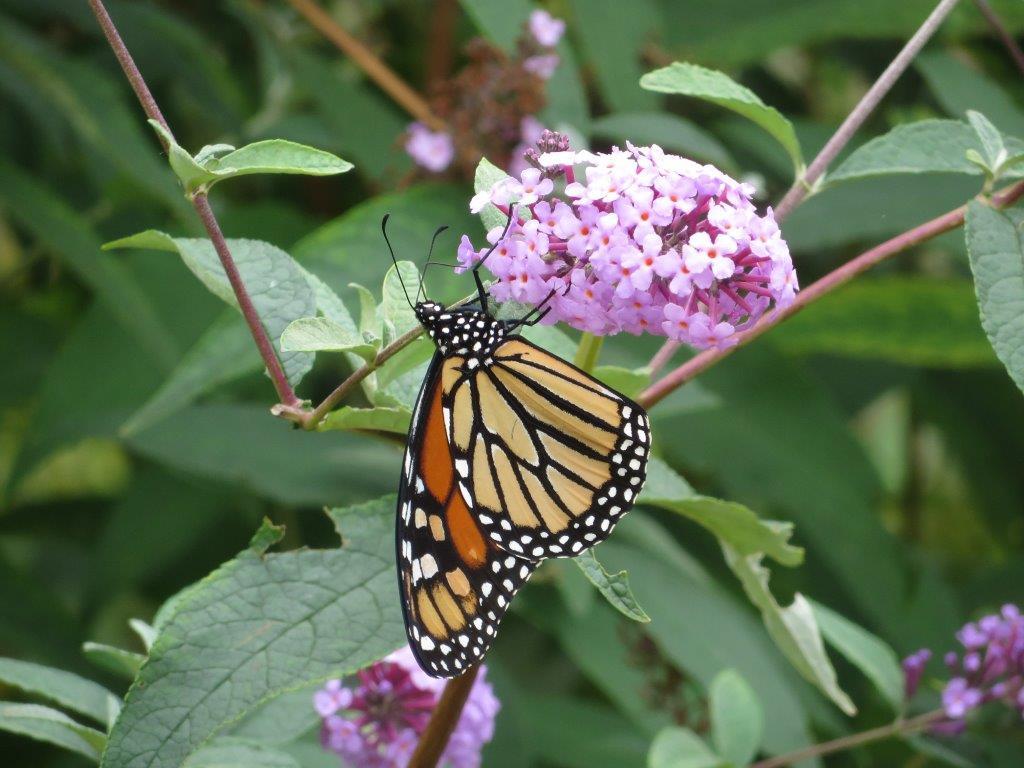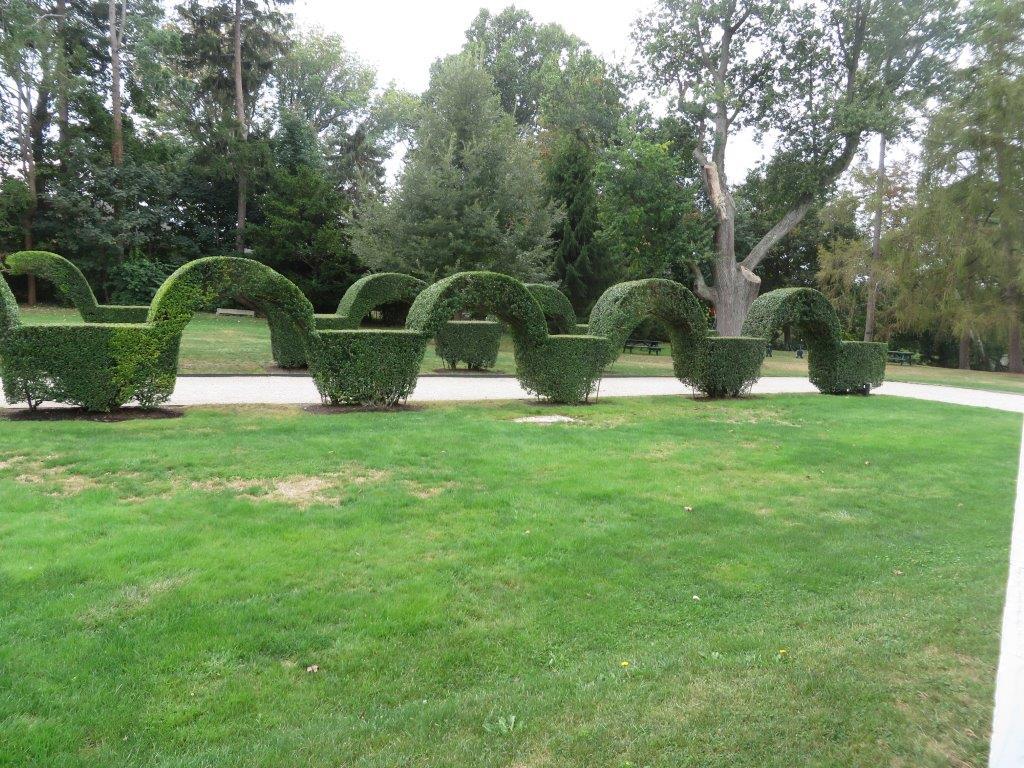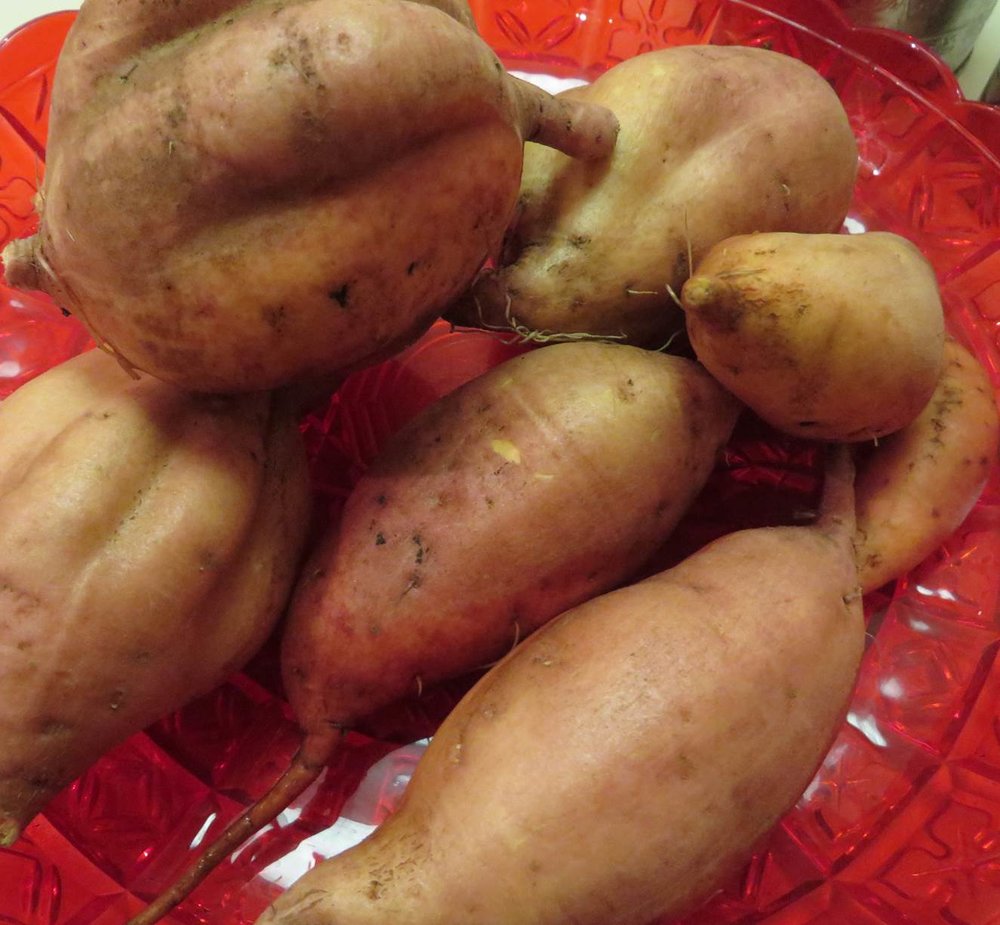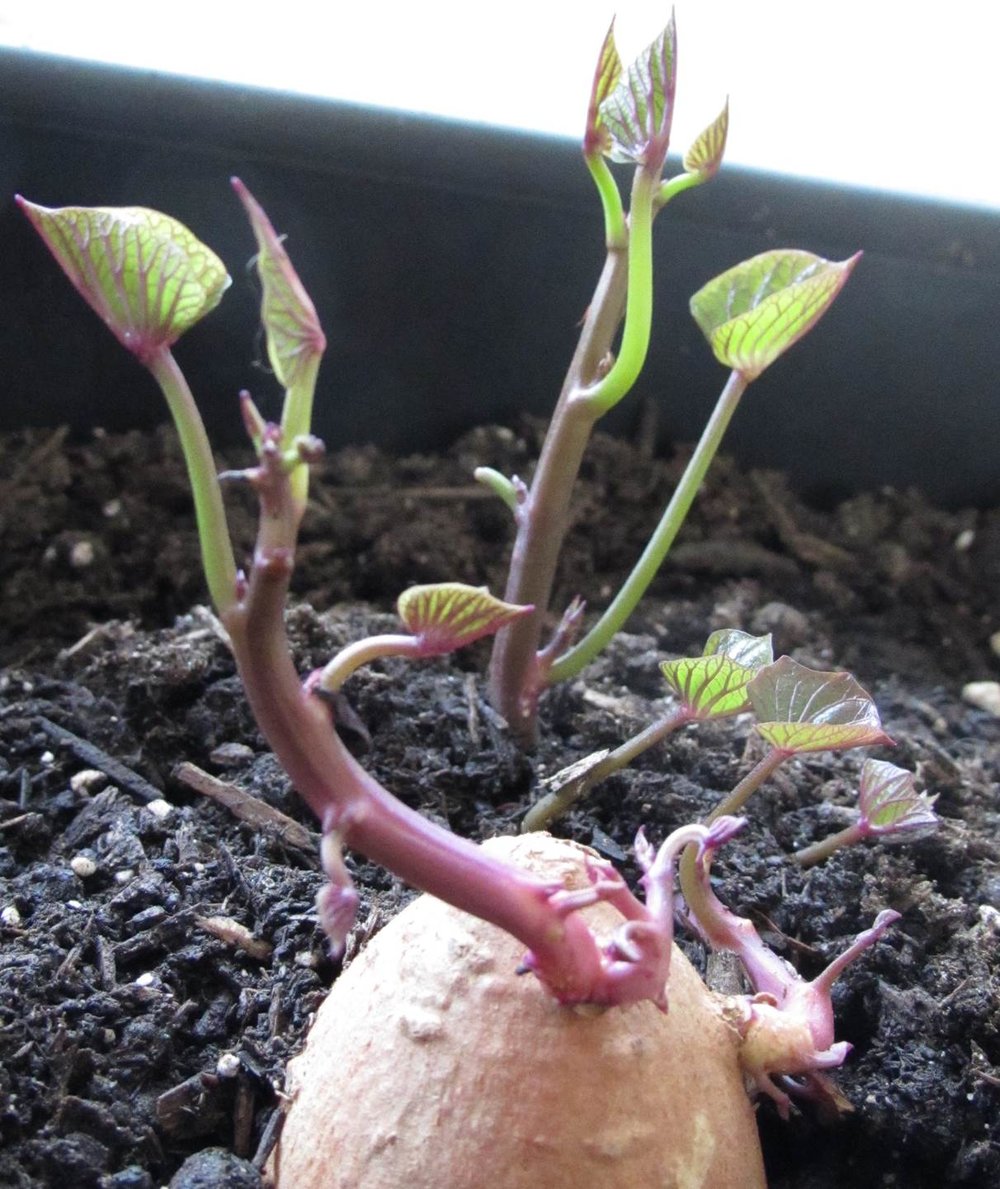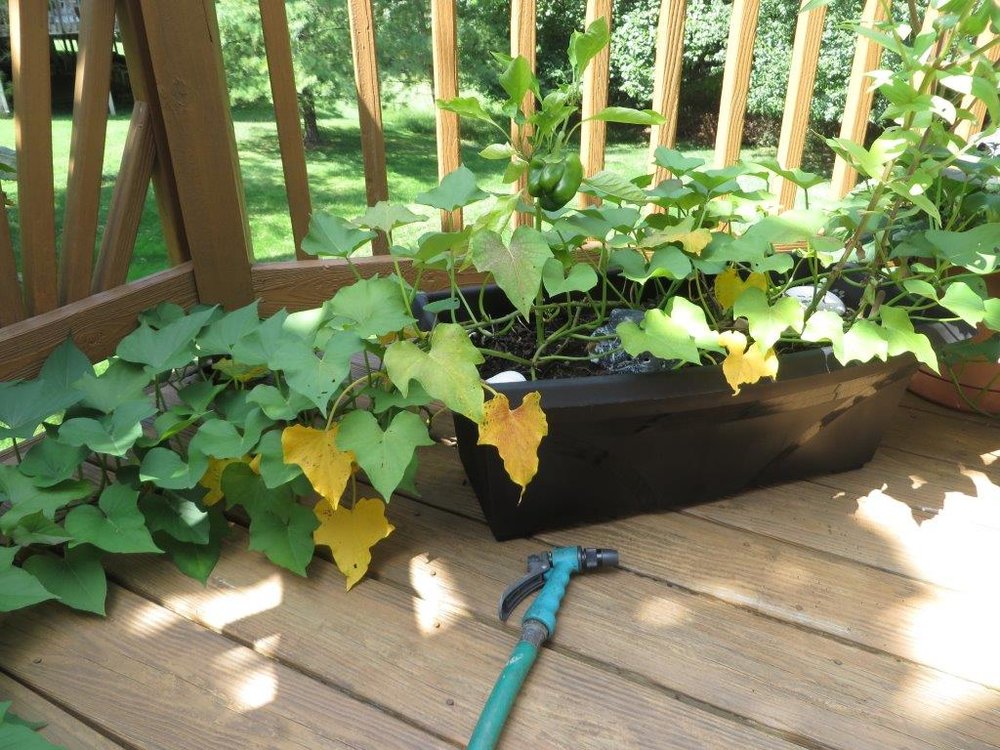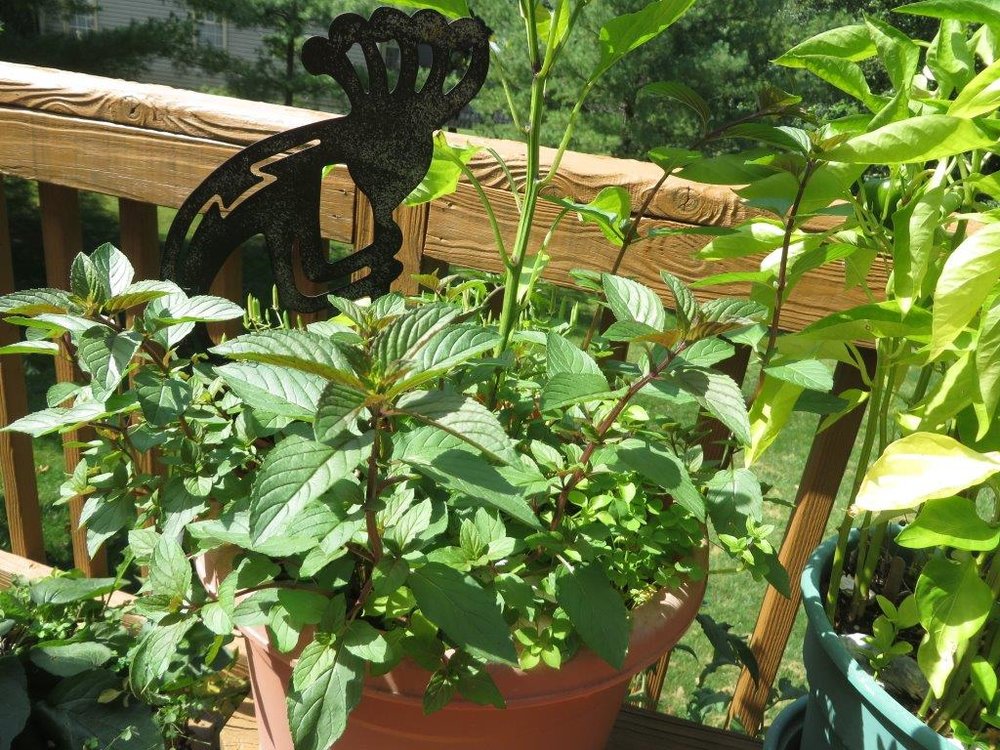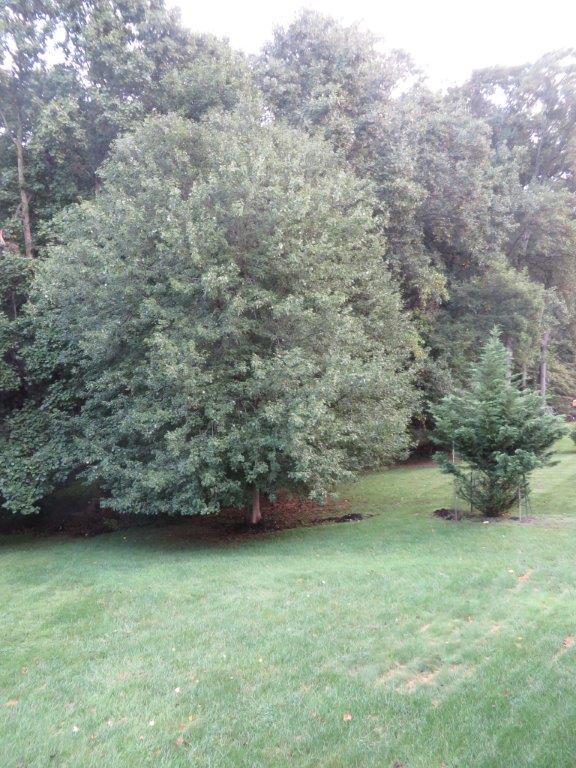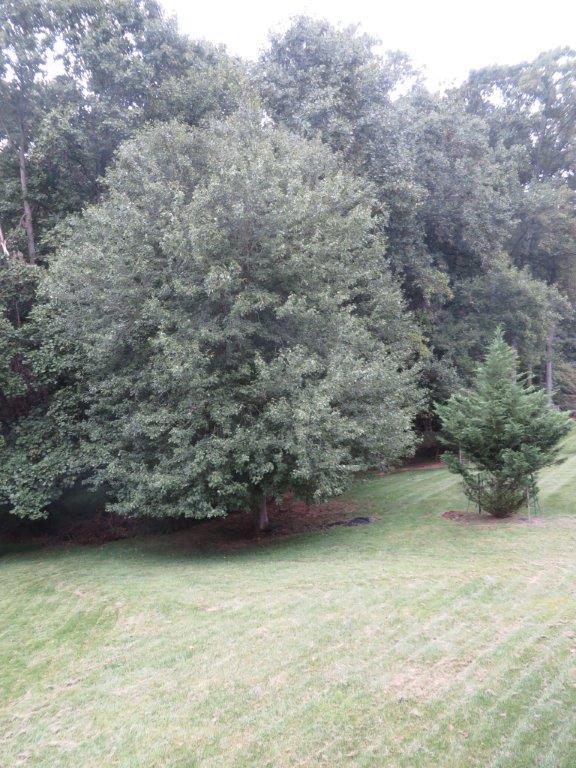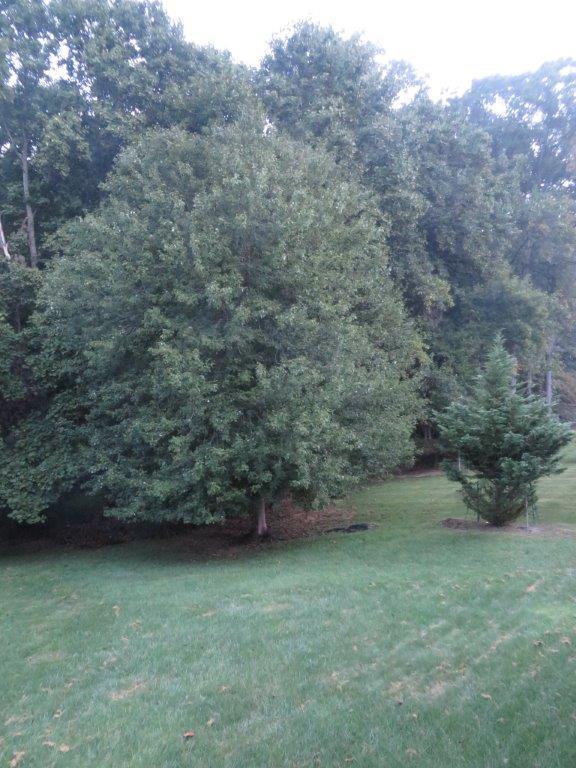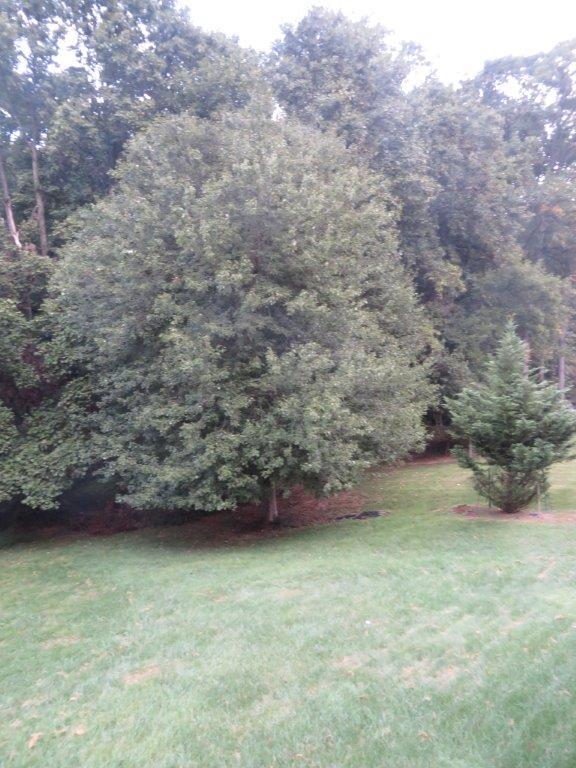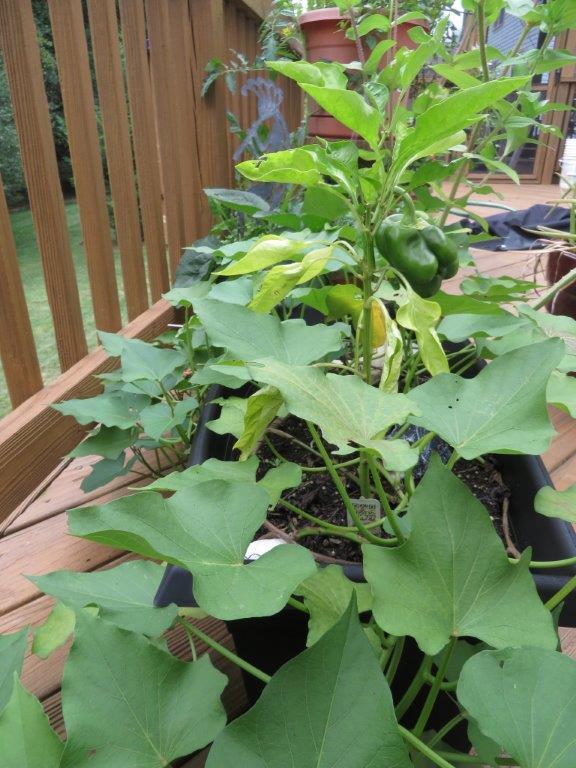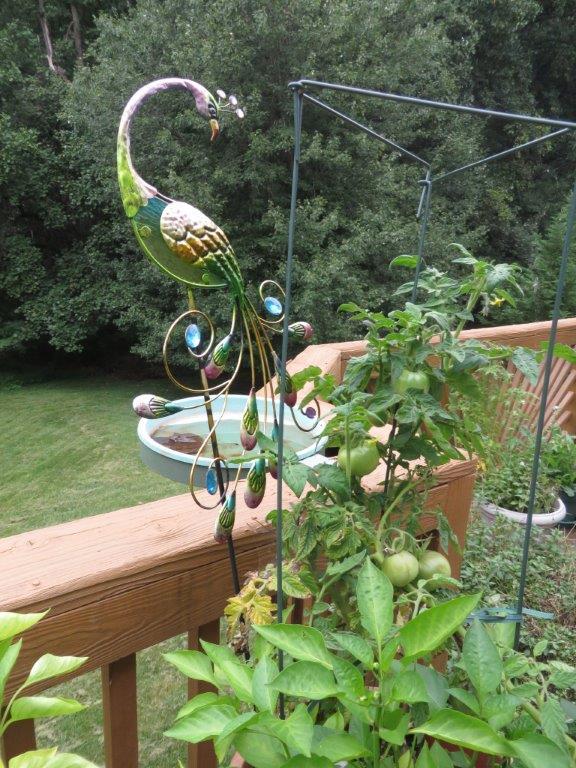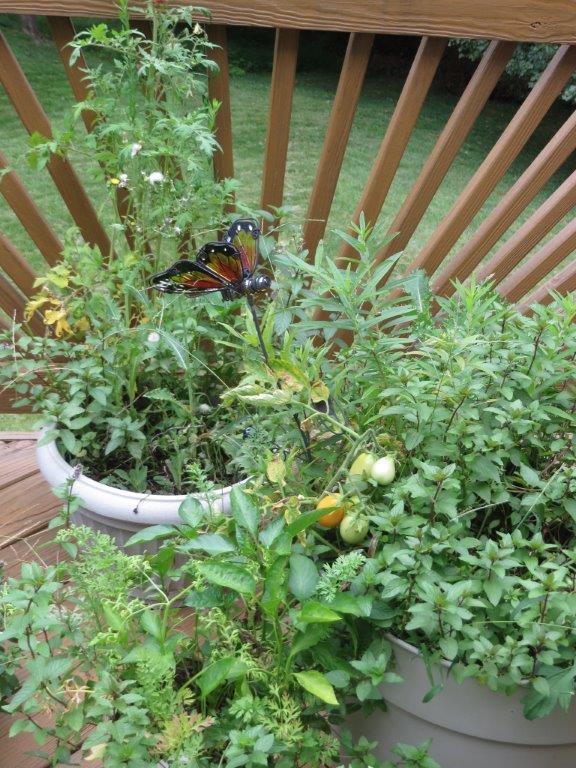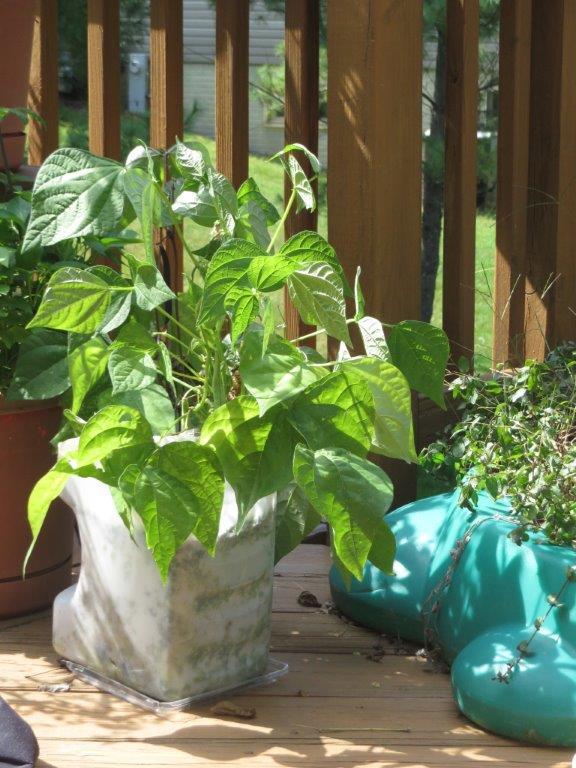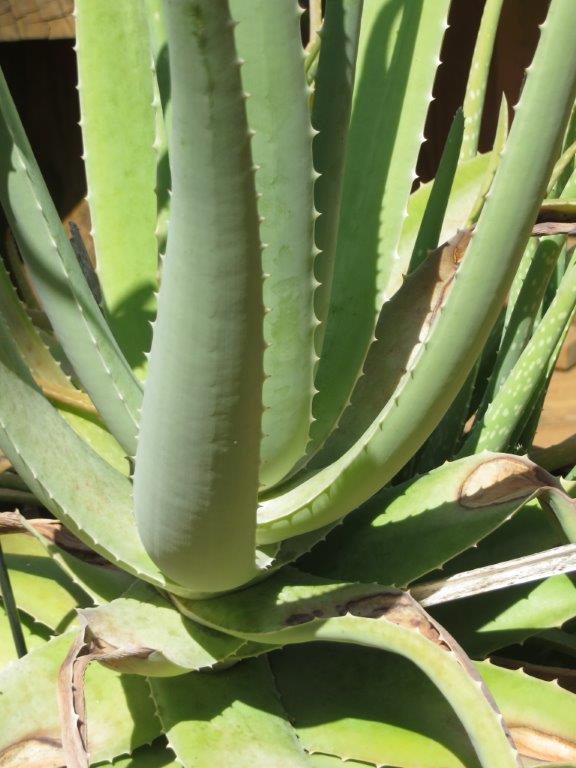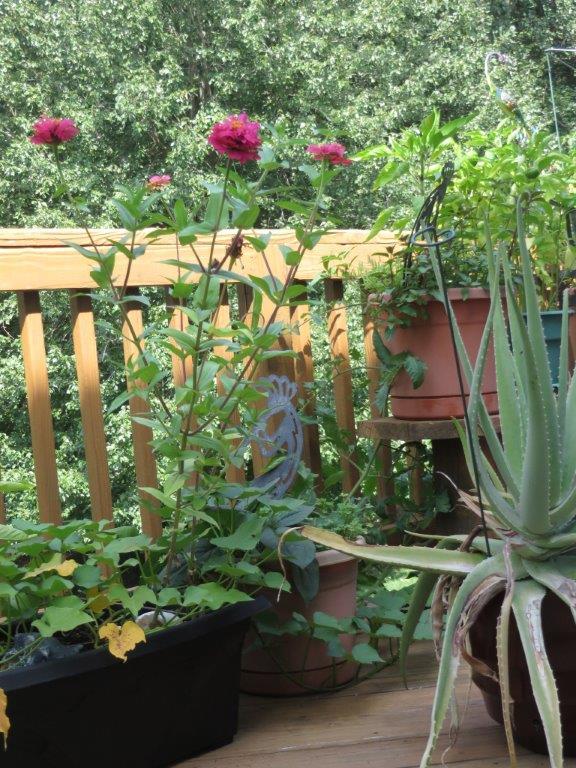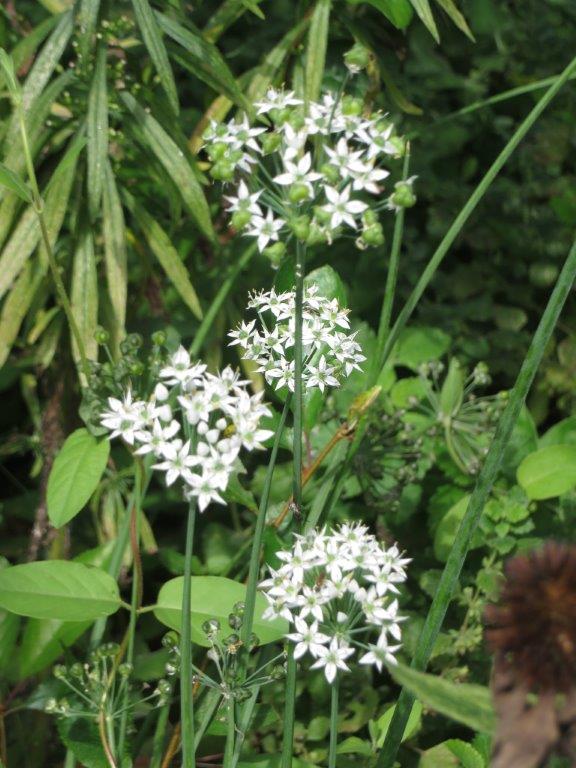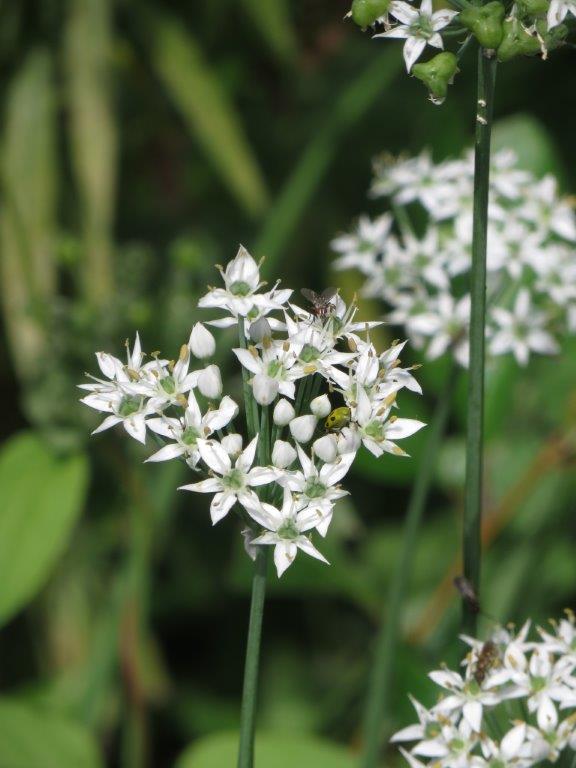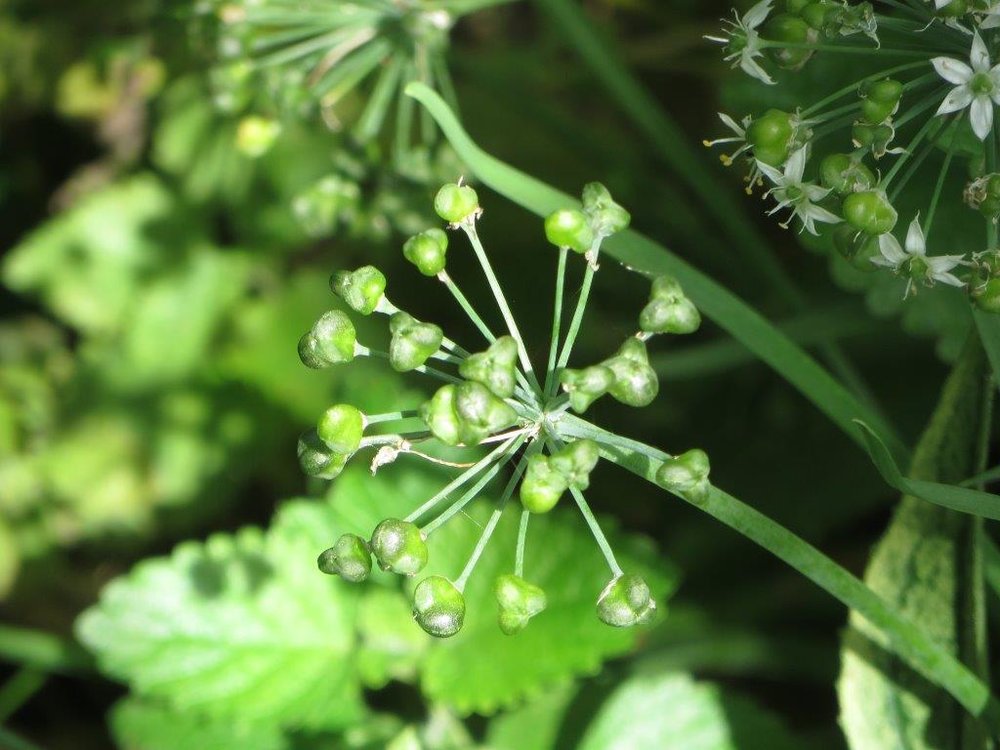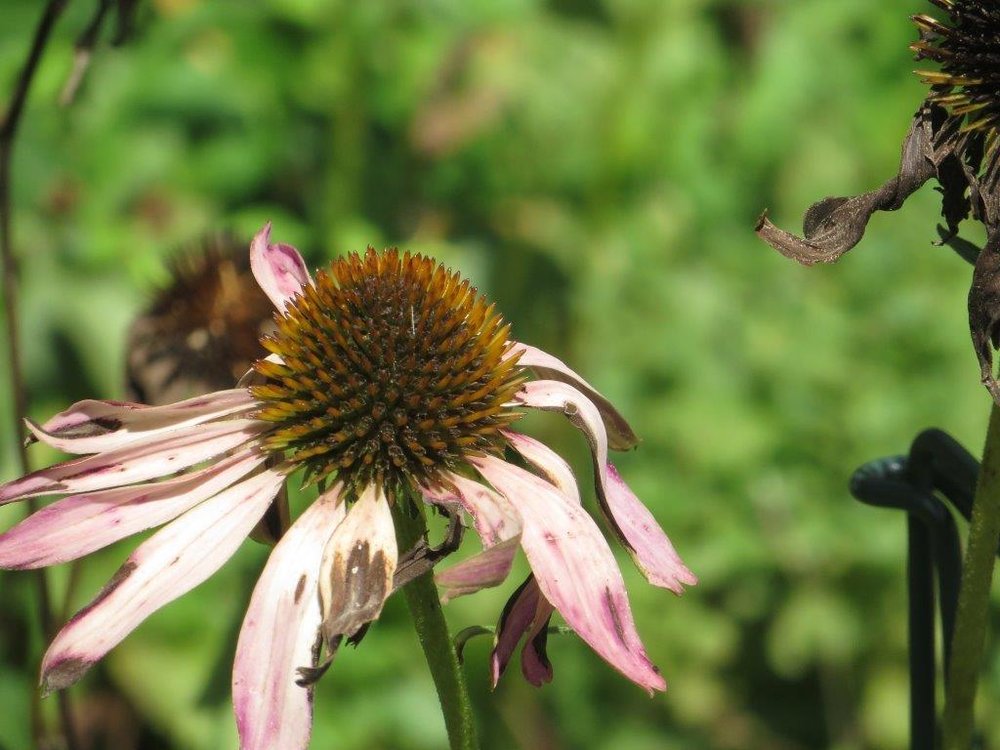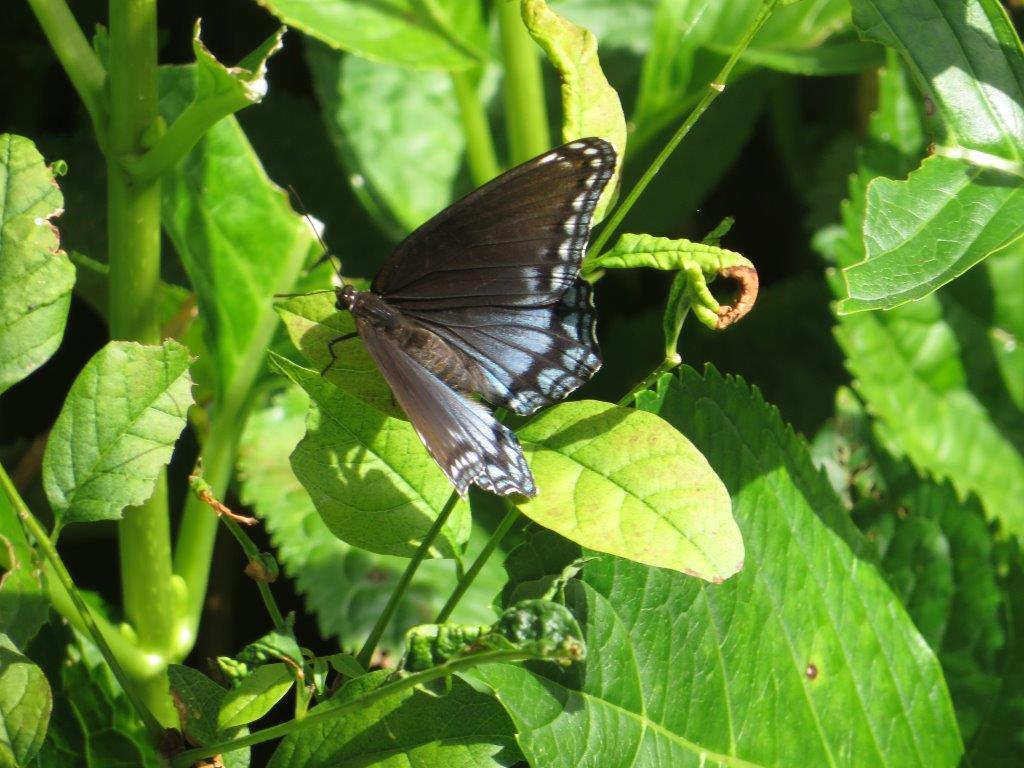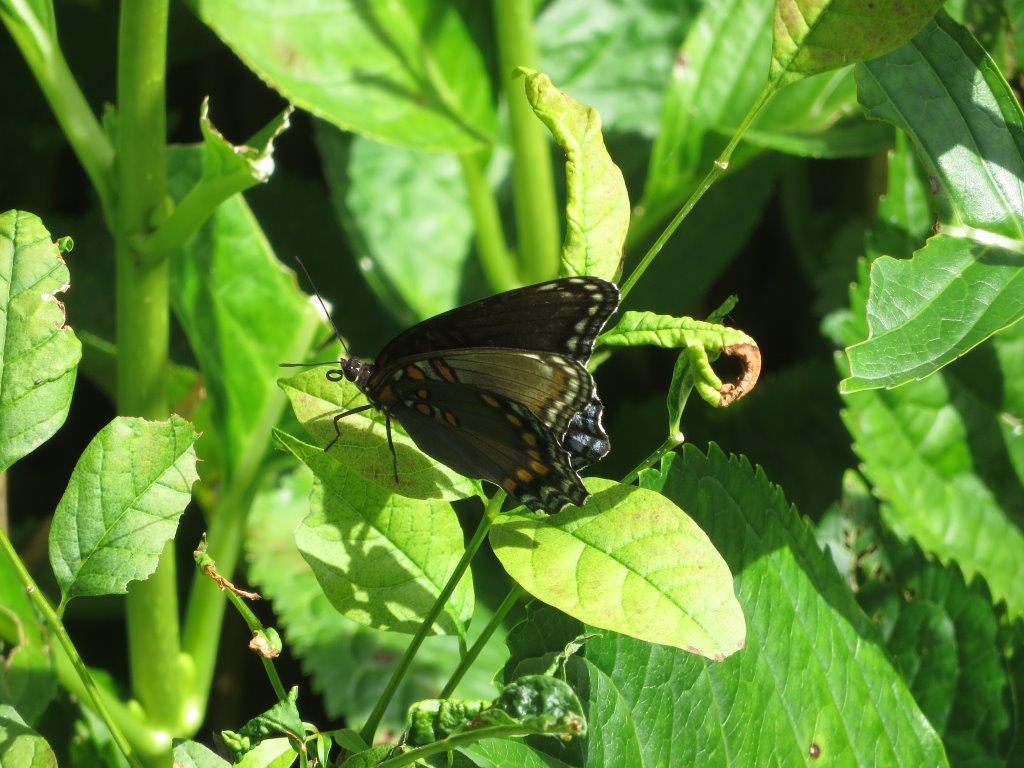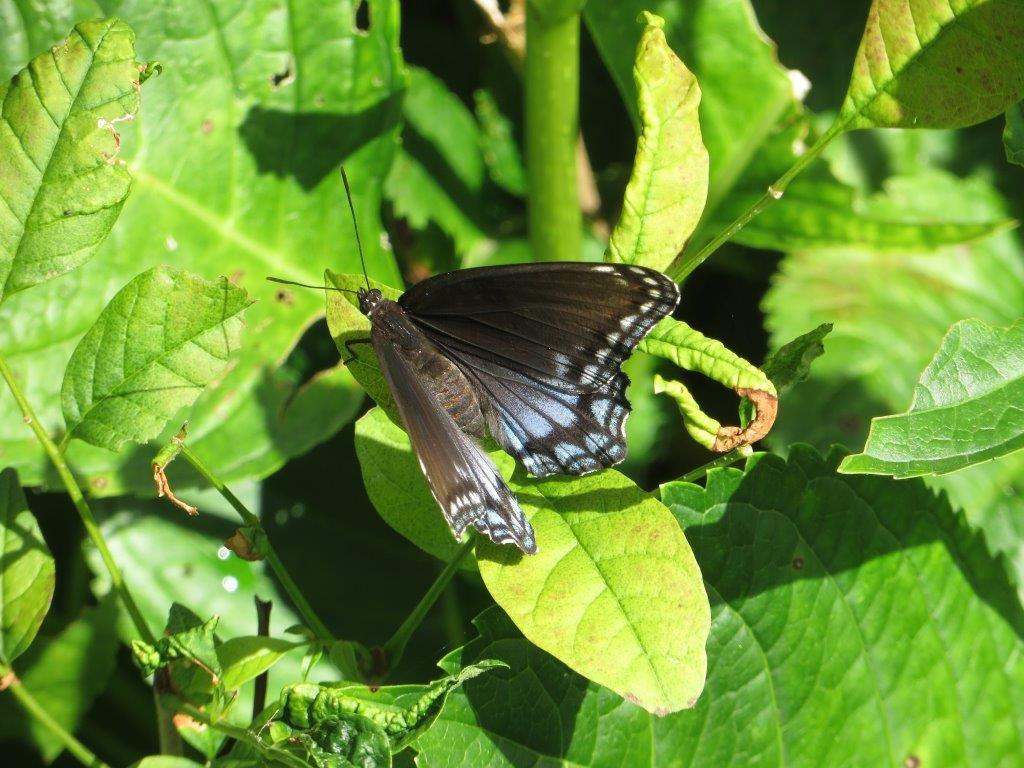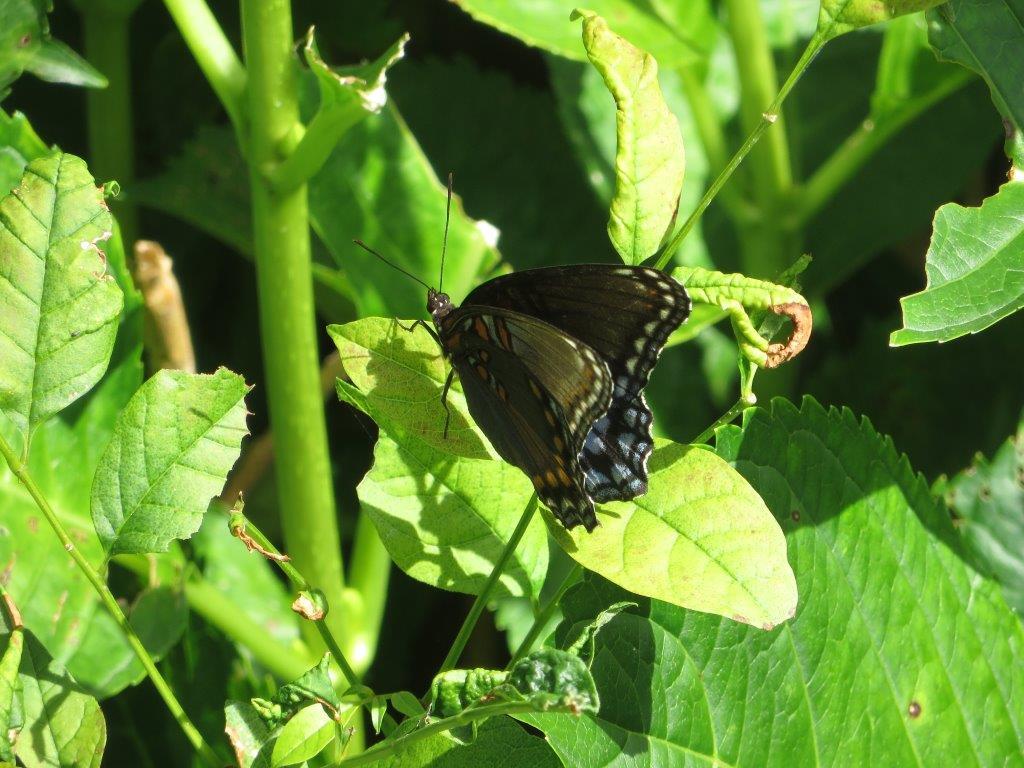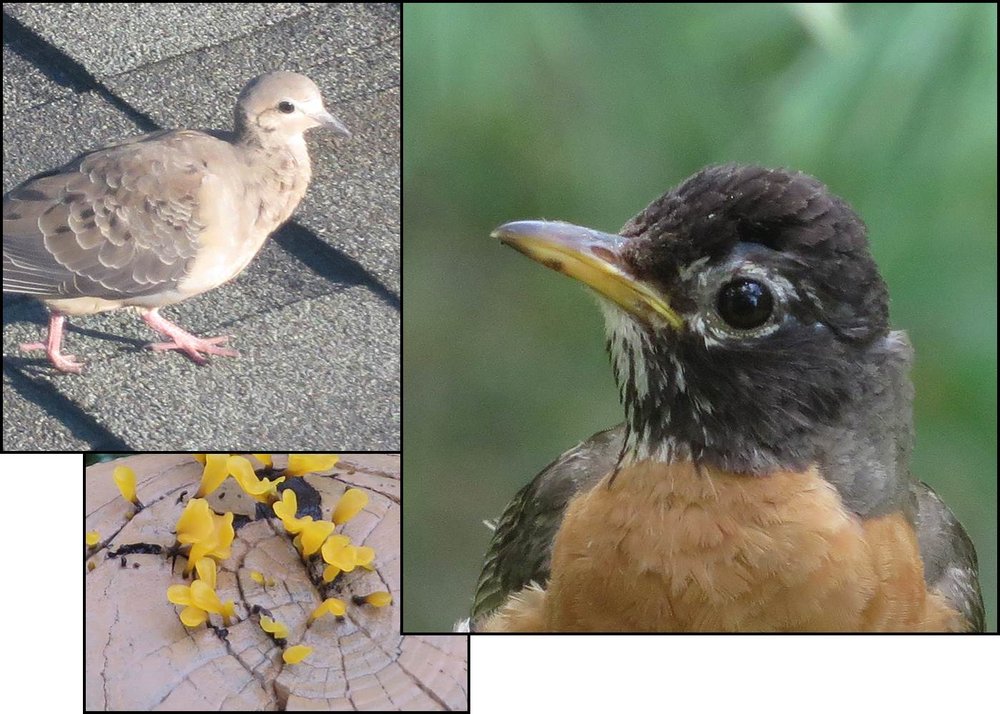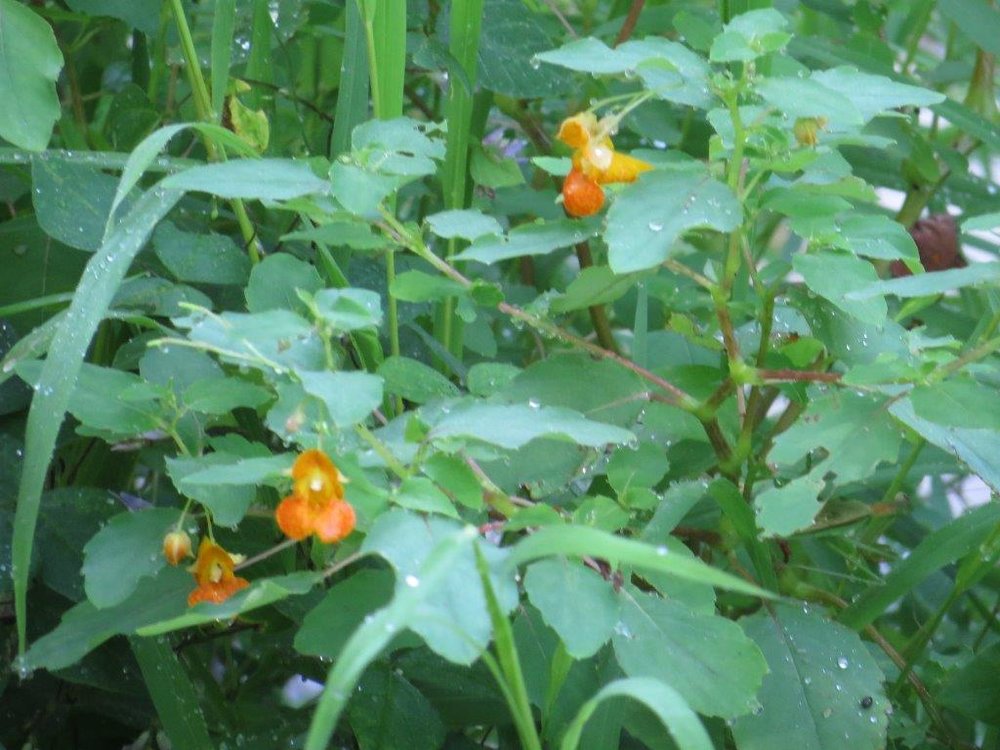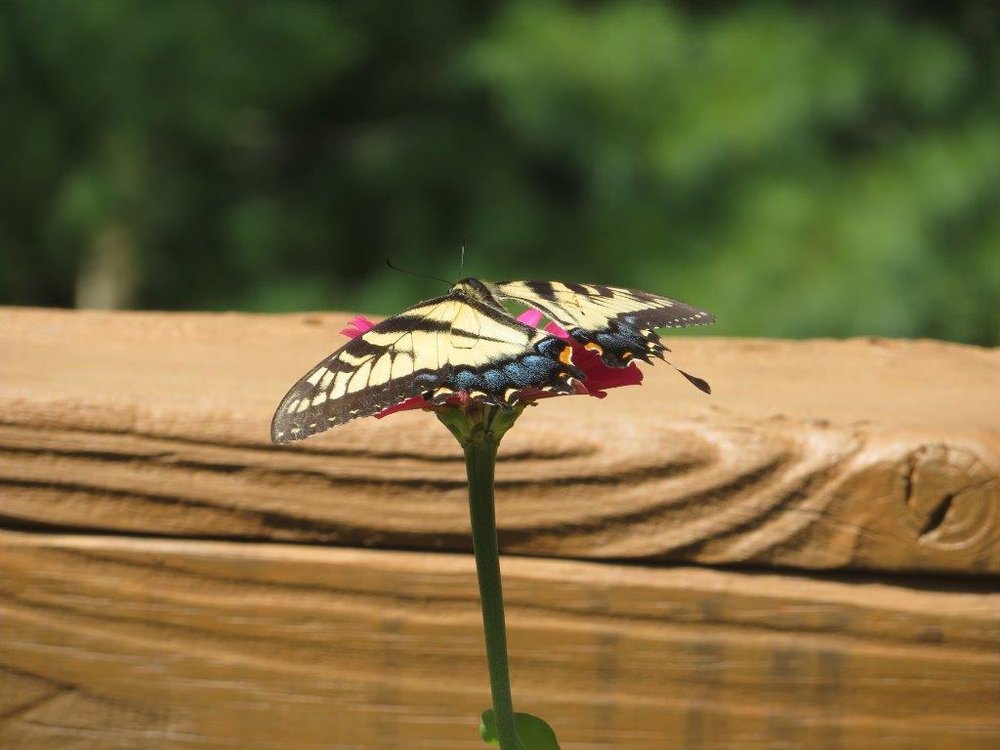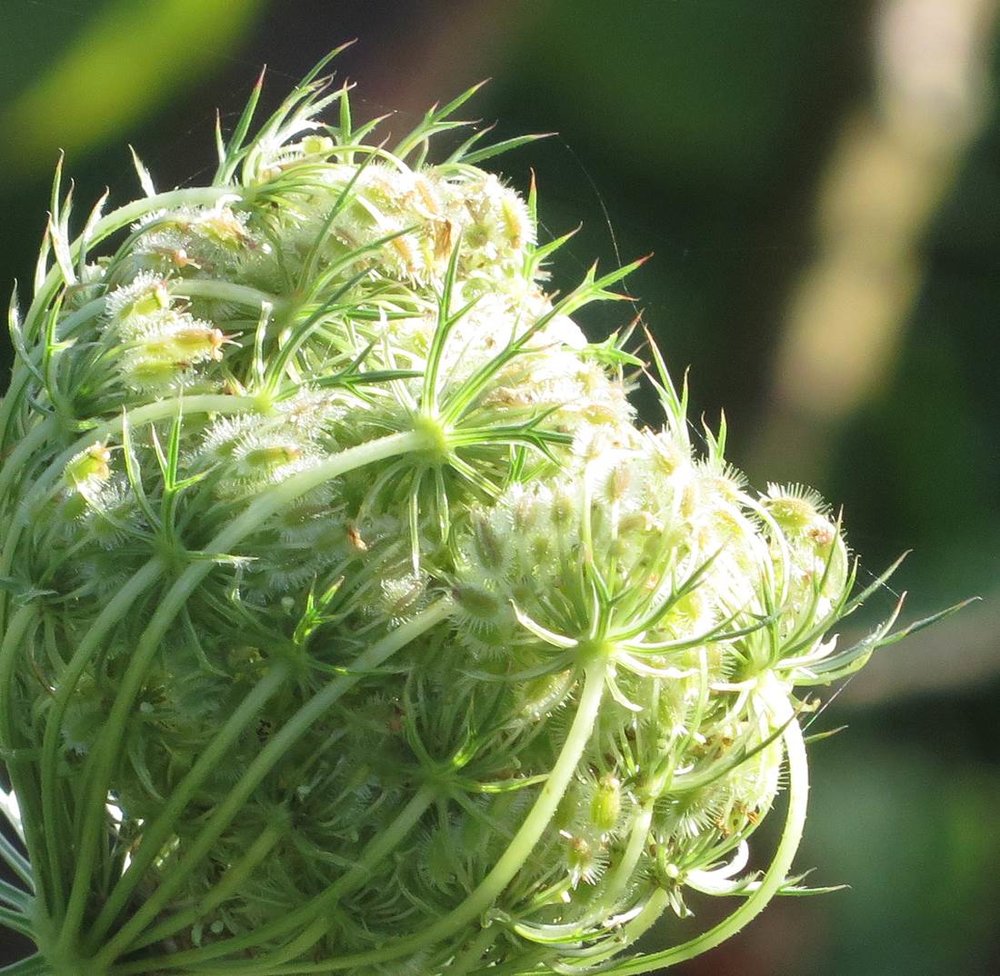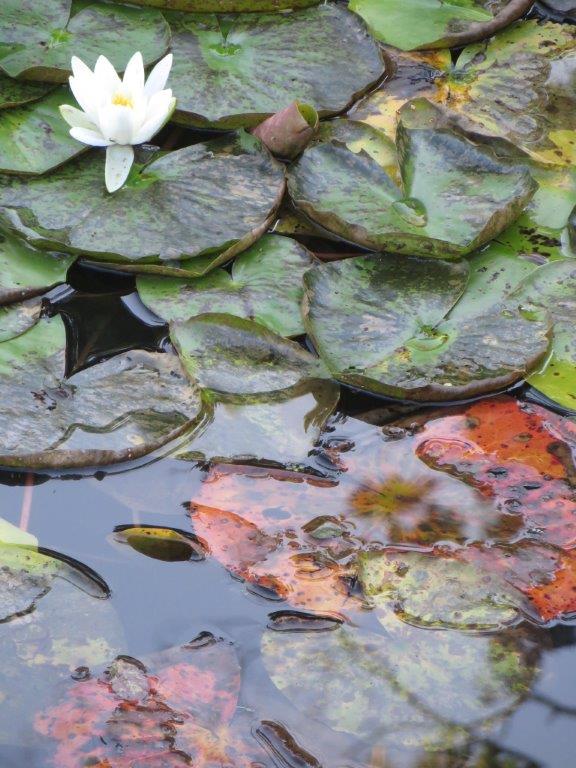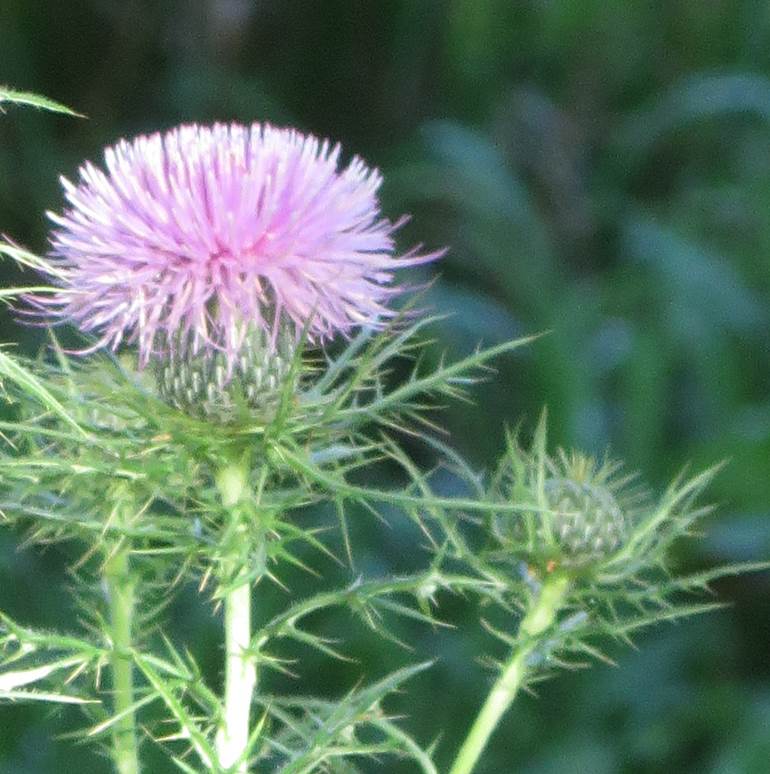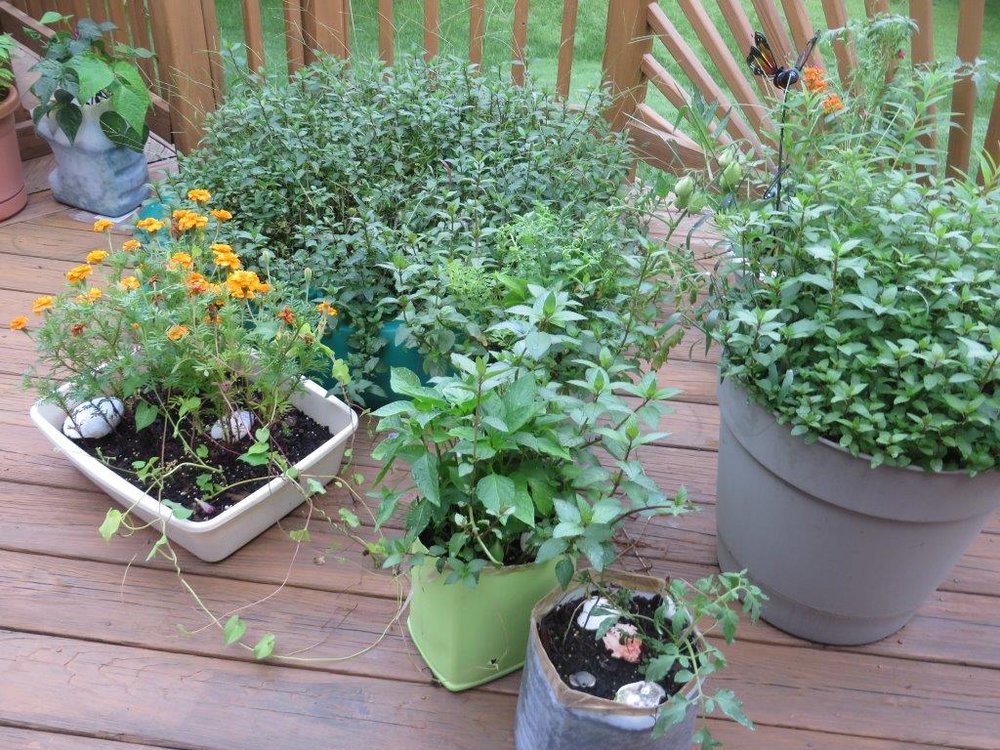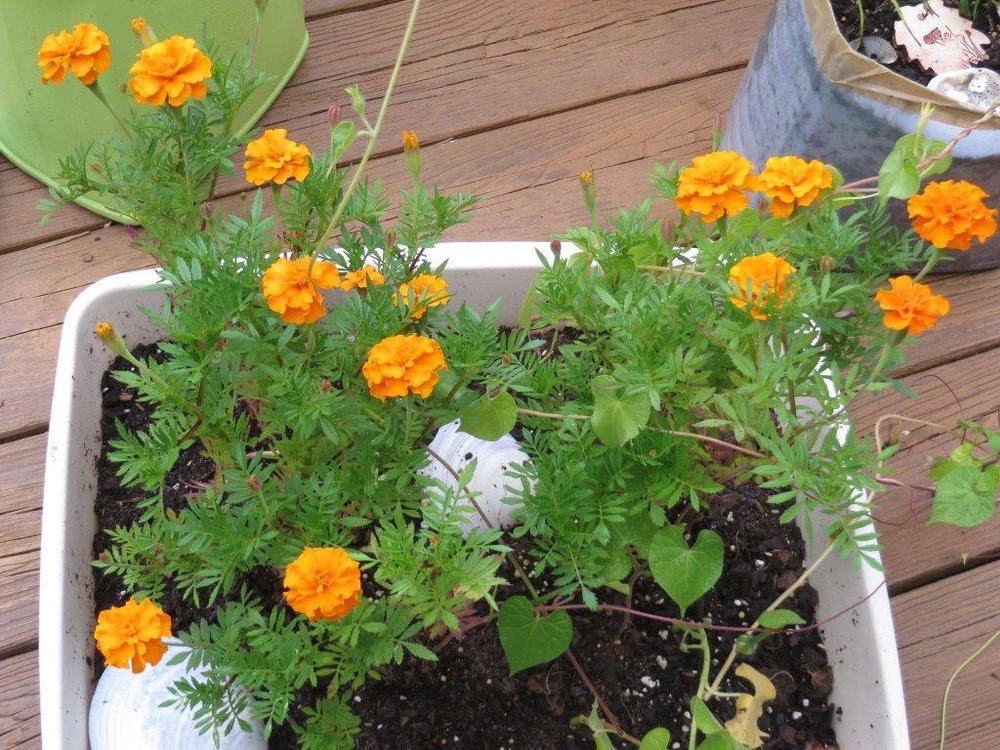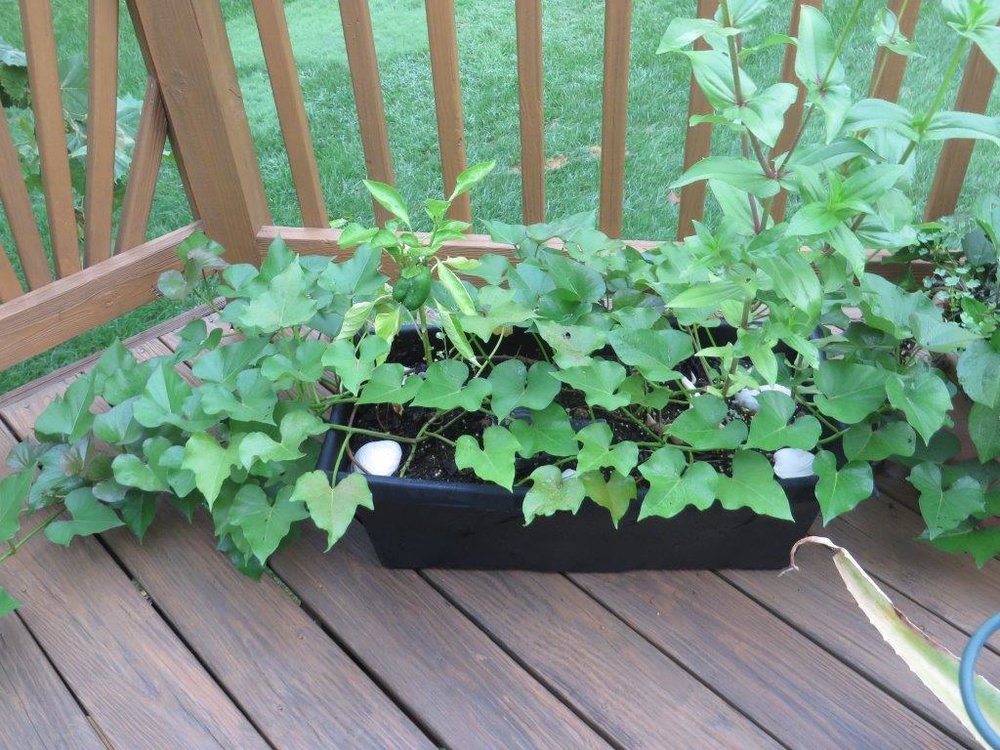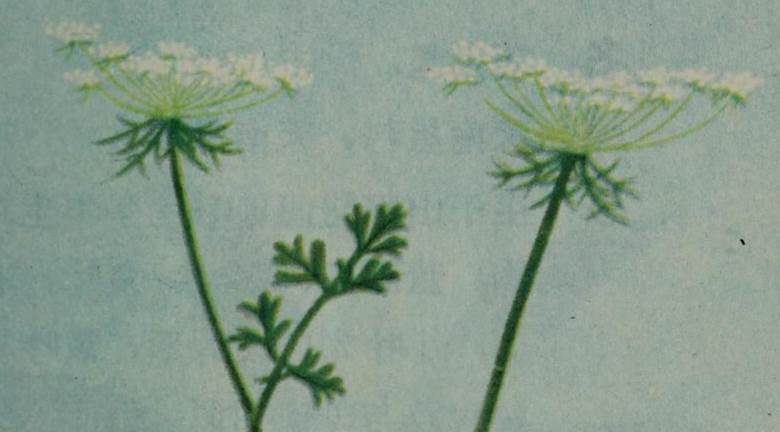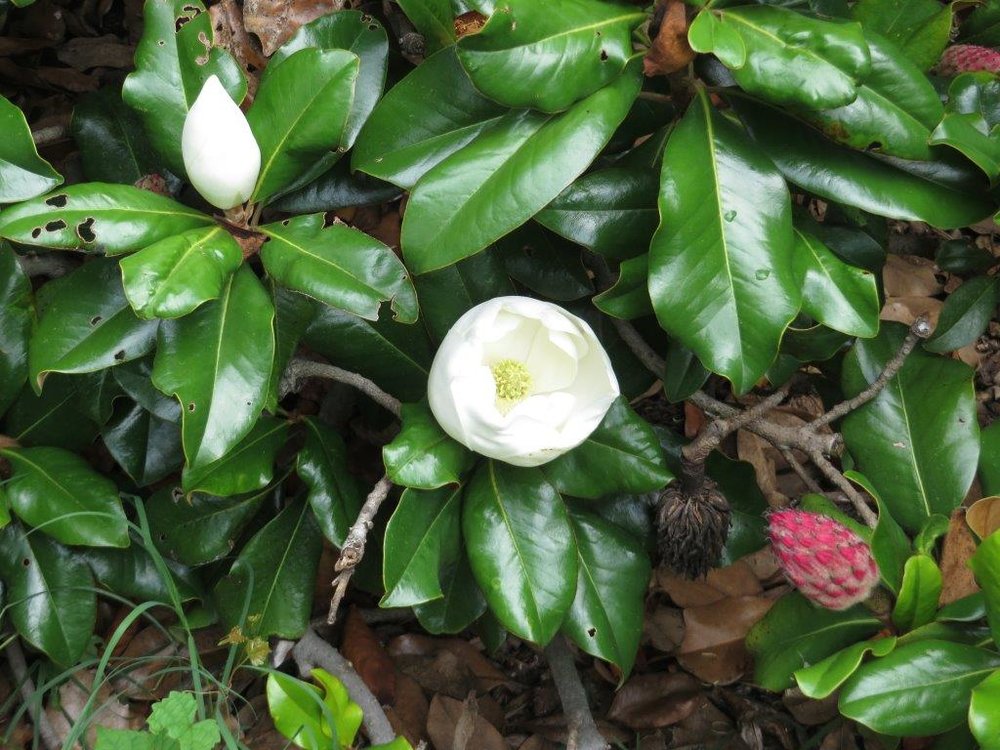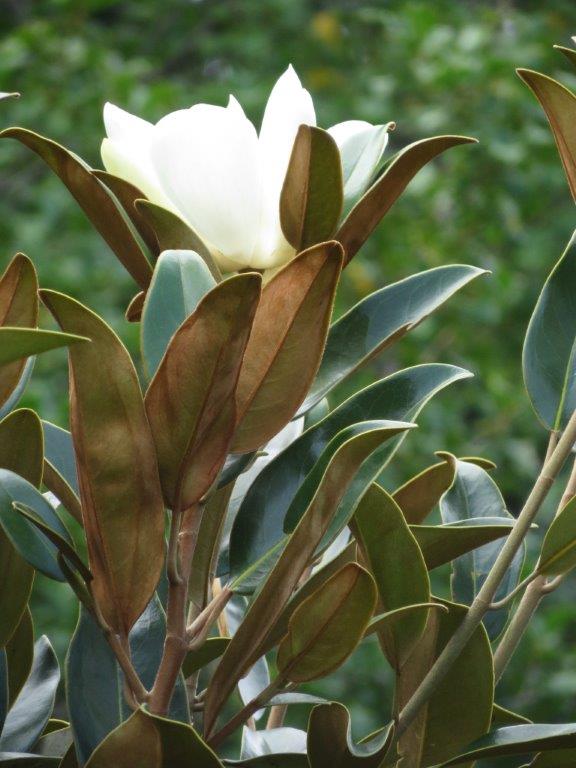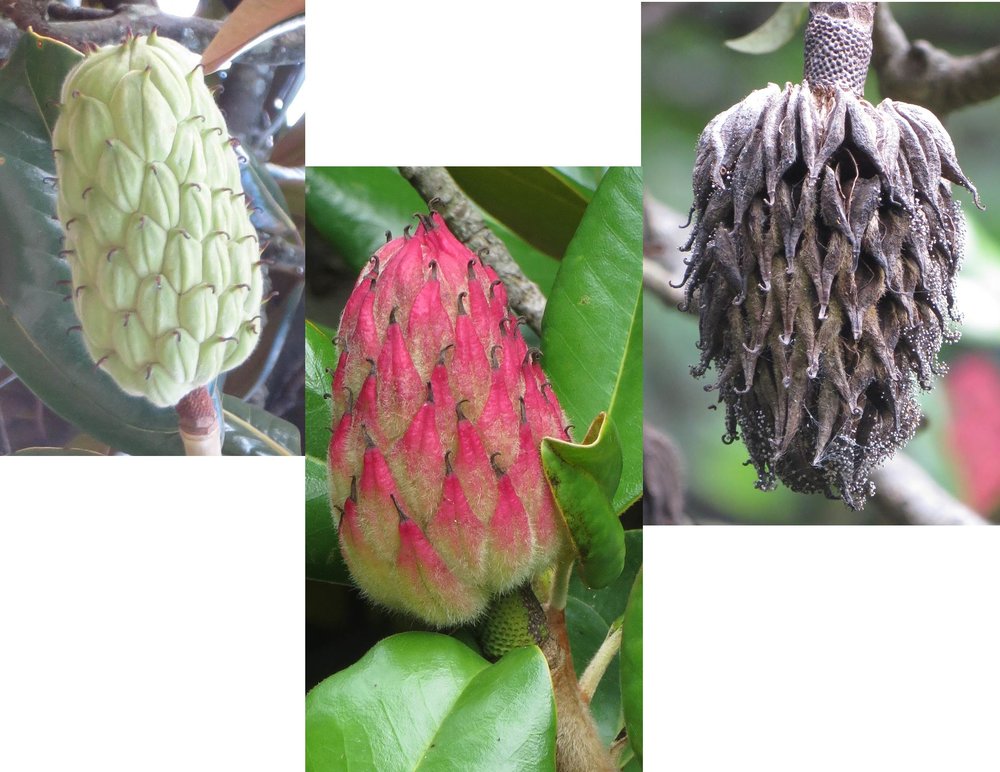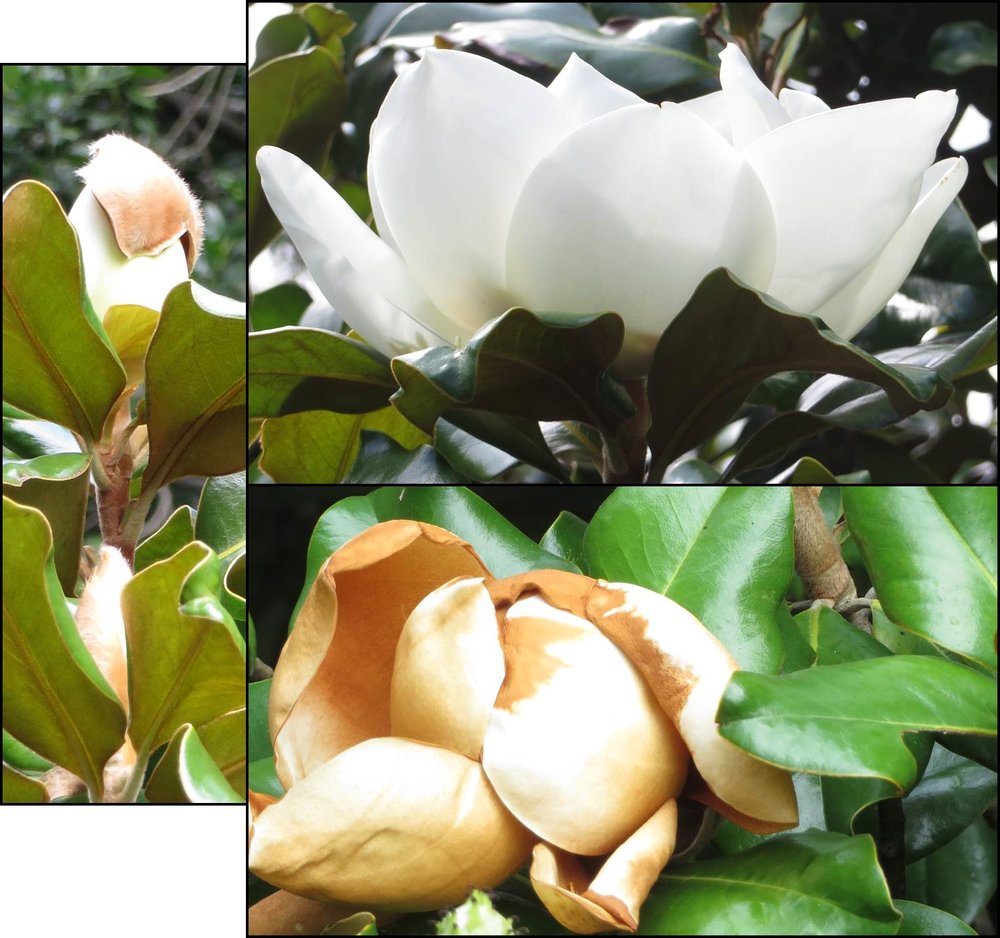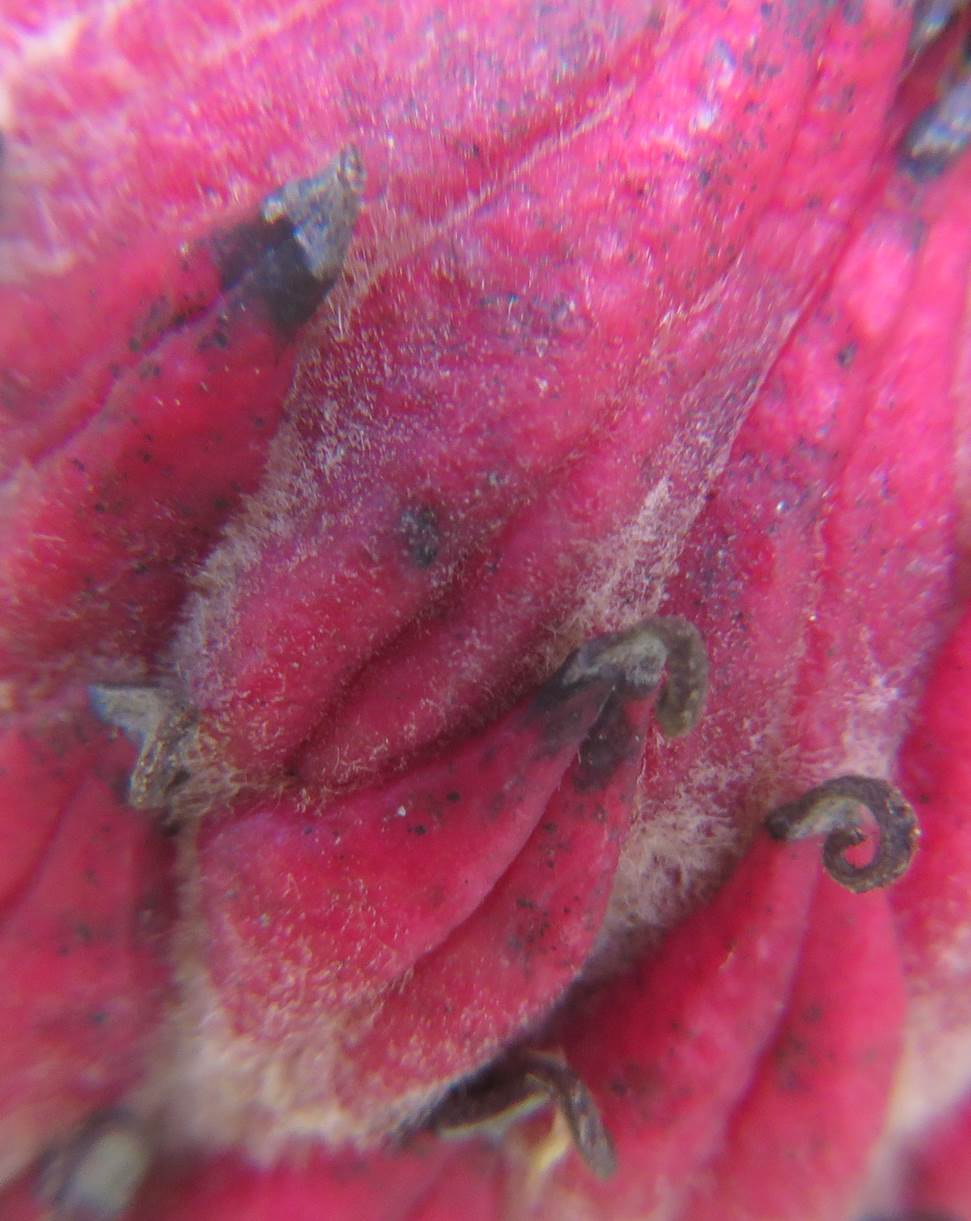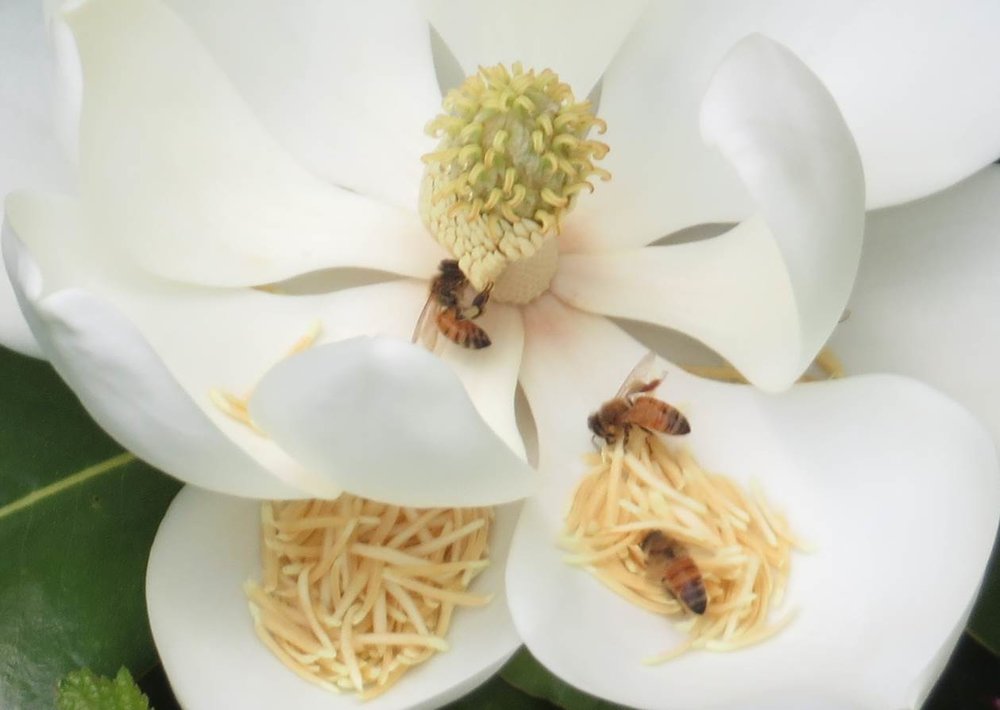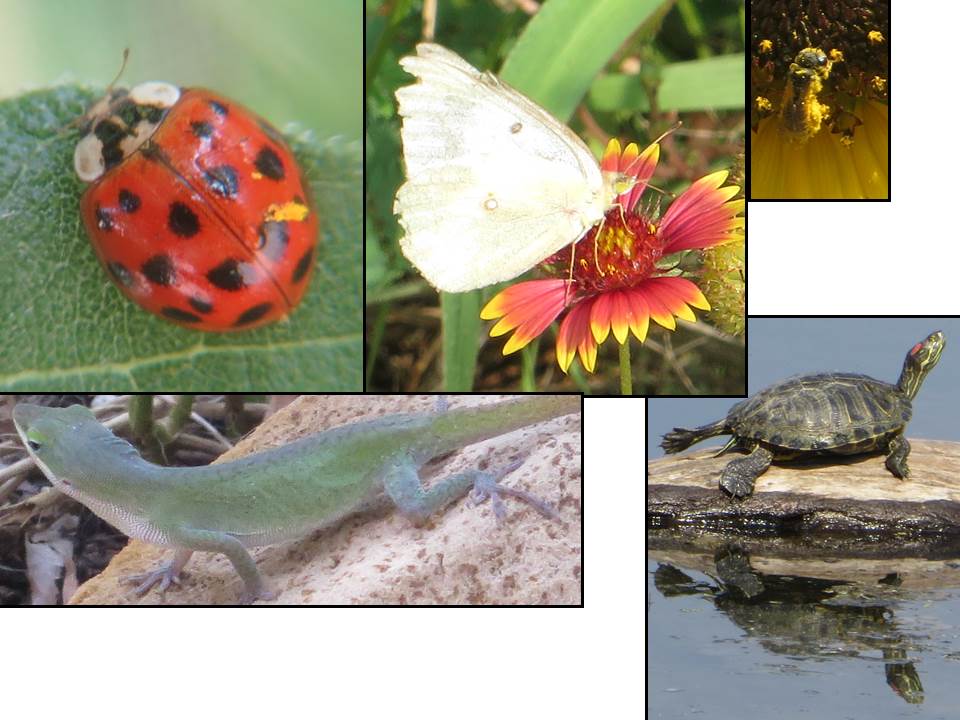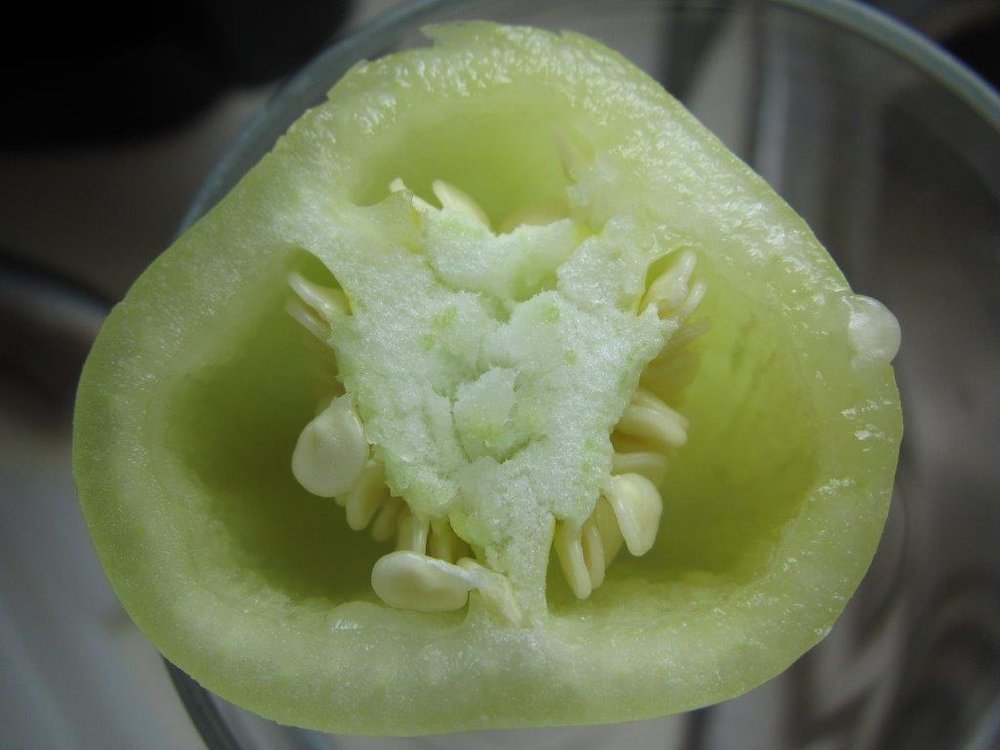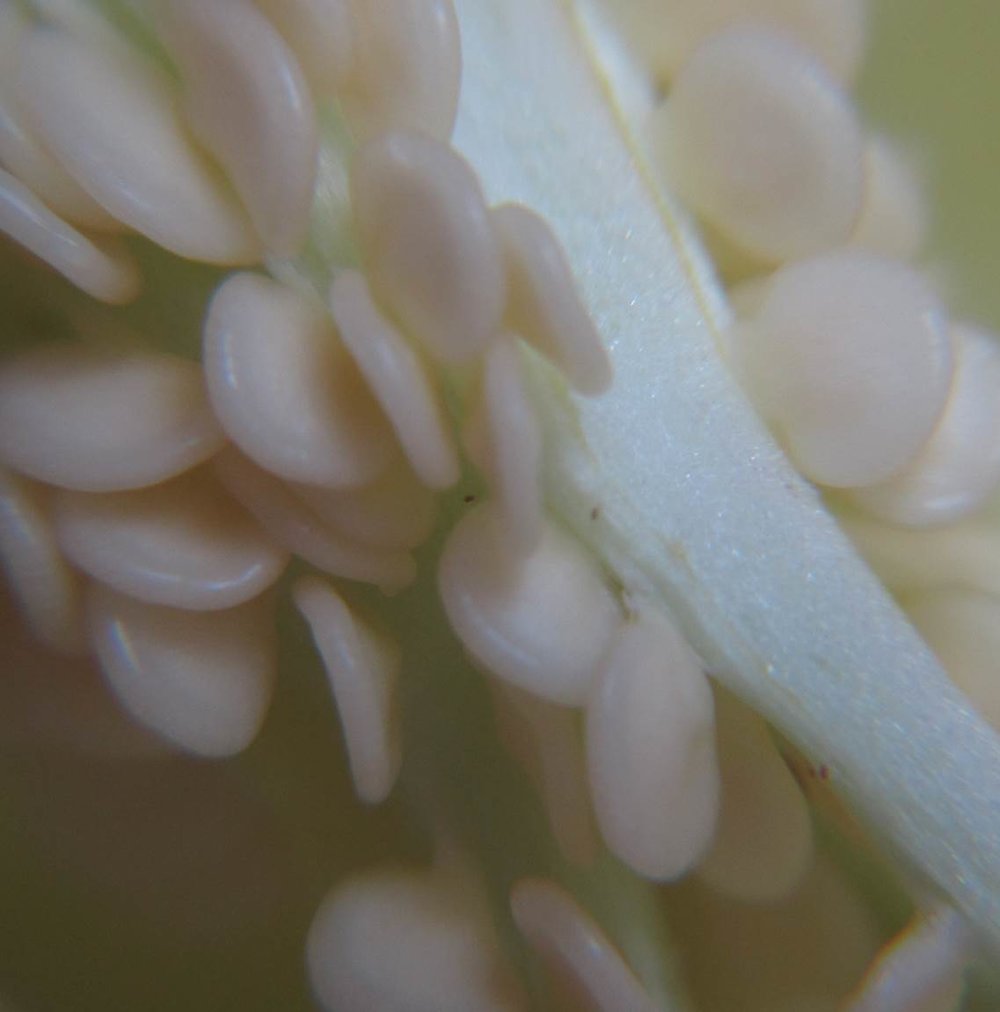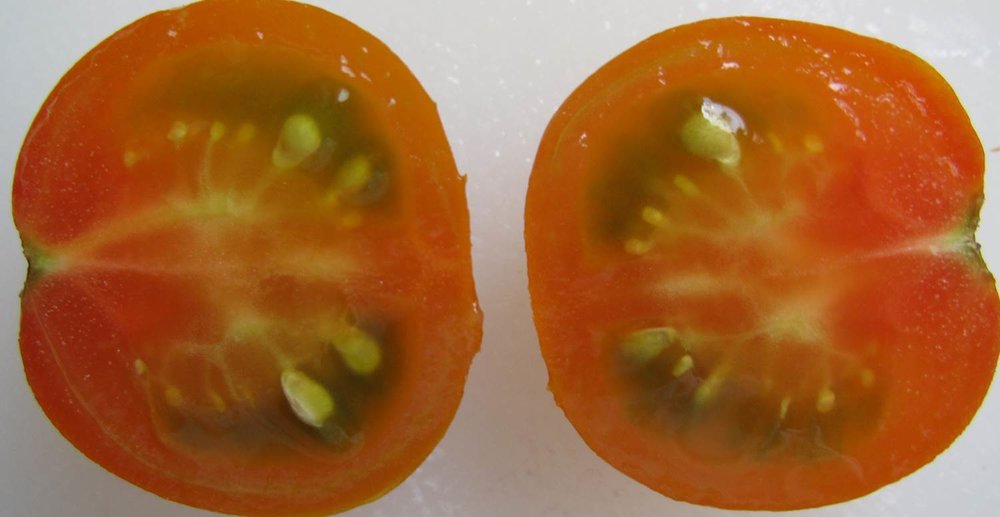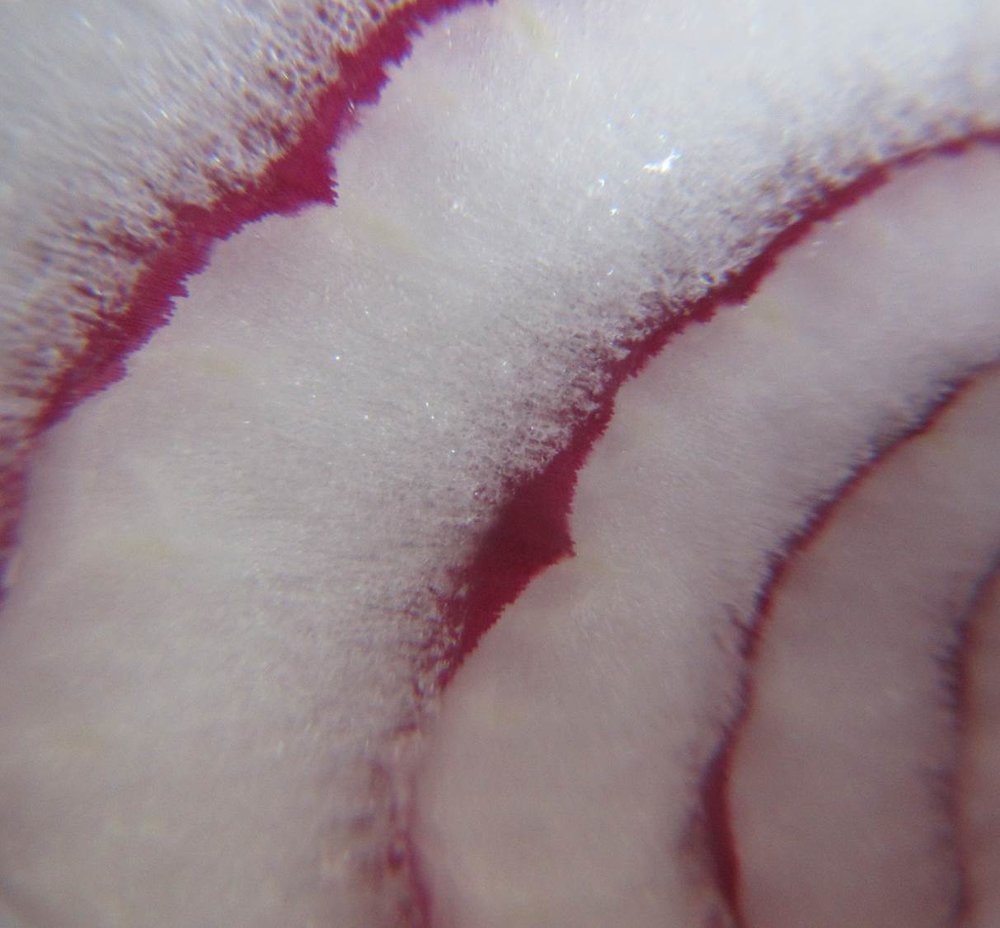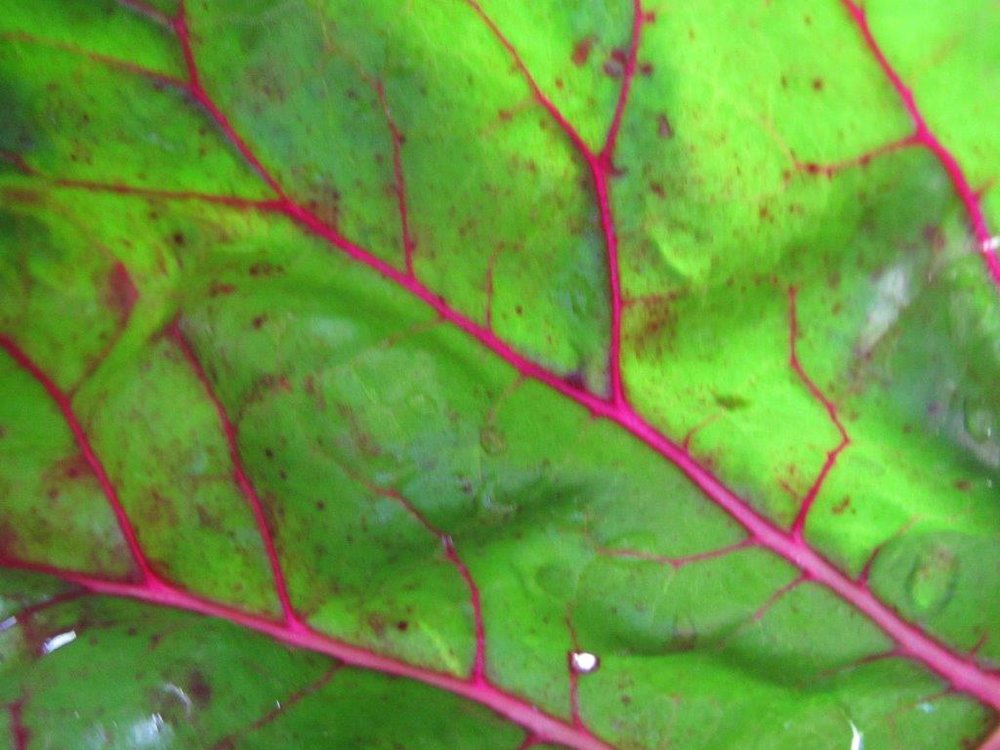3 Free eBooks - December 2014
/It’s time again for the monthly post about eBooks that are freely available on the Internet. The three below are my favorites for December 2014.
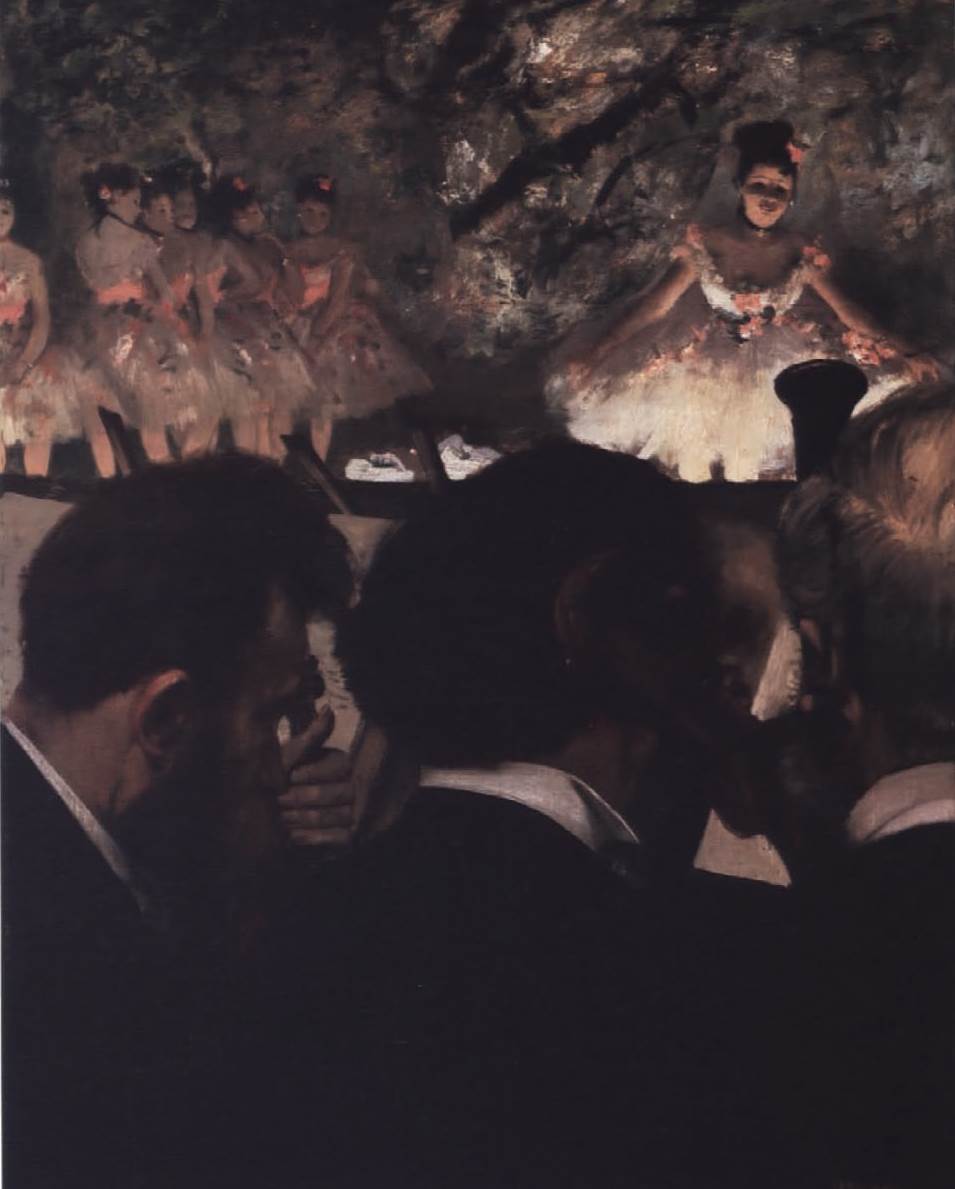 Boggs, Jean Sutherland, Douglas W. Druick, Henri Loyrette, Michael Pantazzi, and Gary Tinterow. Degas, 1834–1917. New York: The Metropolitan Museum of Art. 1988. Available from the Metmuseum site here. This is the catalog for a large scale retrospective exhibit of Degas’ work in the late 80s. There are lots of examples of his works and his process for their creation. There are many other similar books on the Metmuseum site that make it worth browsing.
Boggs, Jean Sutherland, Douglas W. Druick, Henri Loyrette, Michael Pantazzi, and Gary Tinterow. Degas, 1834–1917. New York: The Metropolitan Museum of Art. 1988. Available from the Metmuseum site here. This is the catalog for a large scale retrospective exhibit of Degas’ work in the late 80s. There are lots of examples of his works and his process for their creation. There are many other similar books on the Metmuseum site that make it worth browsing.
 Wilson, Charles William. Picturesque Palestine, Sinai, and Egypt. New York: D. Appleton. 1880. There are four volumes available via the Internet Archive: Volume 1, Volume 2, Volume 3 and Volume 4. With all the wars that have happened in the area between 1880 and today - I wonder how many of the places depicted in the drawings are still standing. Many looked very old in 1880!
Wilson, Charles William. Picturesque Palestine, Sinai, and Egypt. New York: D. Appleton. 1880. There are four volumes available via the Internet Archive: Volume 1, Volume 2, Volume 3 and Volume 4. With all the wars that have happened in the area between 1880 and today - I wonder how many of the places depicted in the drawings are still standing. Many looked very old in 1880!
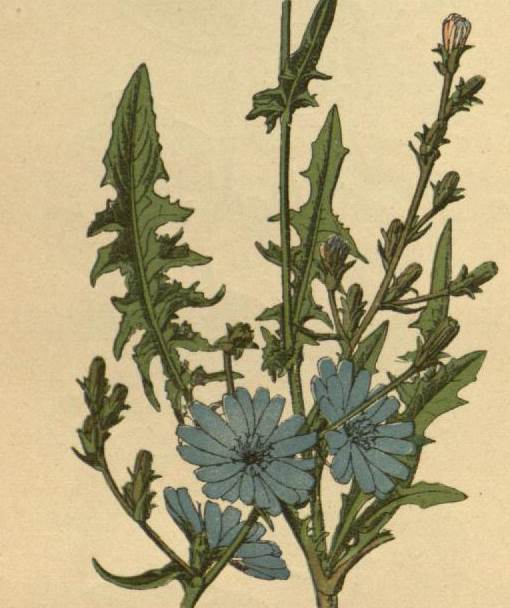 Hariot, Paul. Atlas colorie des plantes medicinales indigenes. Paris : Librairie des sciences naturelles. 1892. Available at the Internet Archive here. I always enjoy a book of botanical prints - which is what this is. I like the way the prints are an intersection of art and science. There is another book from the same author that I am looking forward to viewing too.
Hariot, Paul. Atlas colorie des plantes medicinales indigenes. Paris : Librairie des sciences naturelles. 1892. Available at the Internet Archive here. I always enjoy a book of botanical prints - which is what this is. I like the way the prints are an intersection of art and science. There is another book from the same author that I am looking forward to viewing too.

